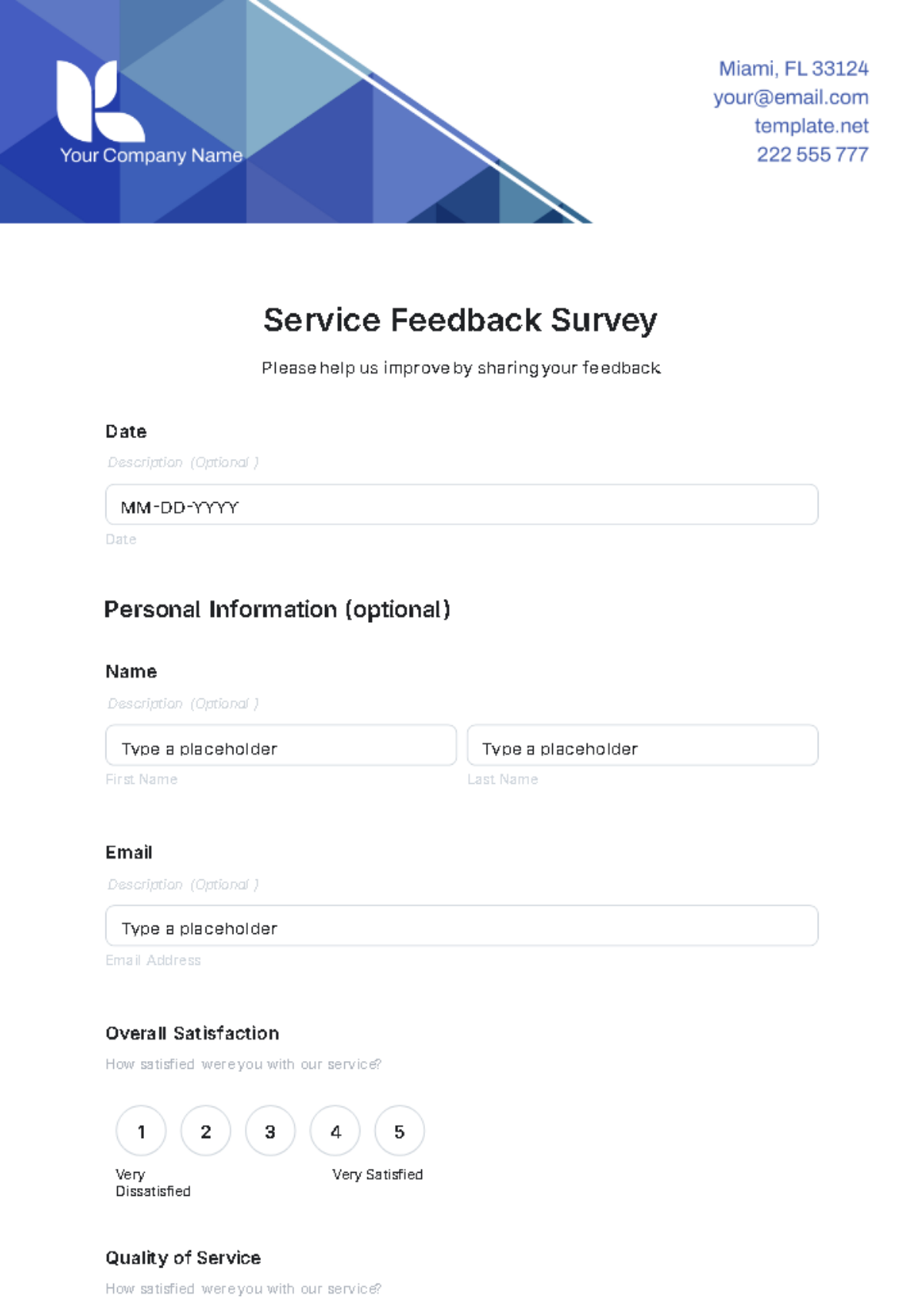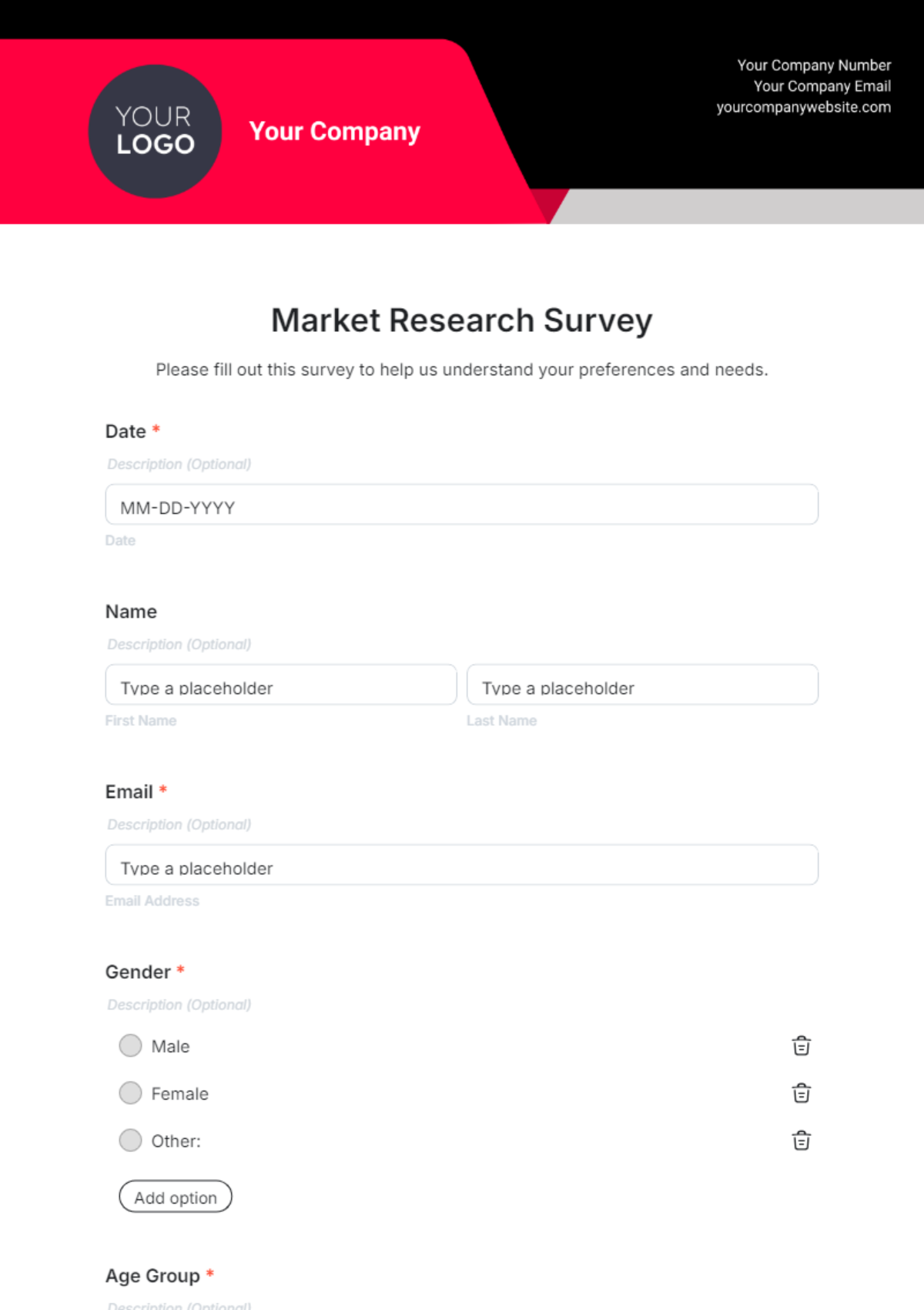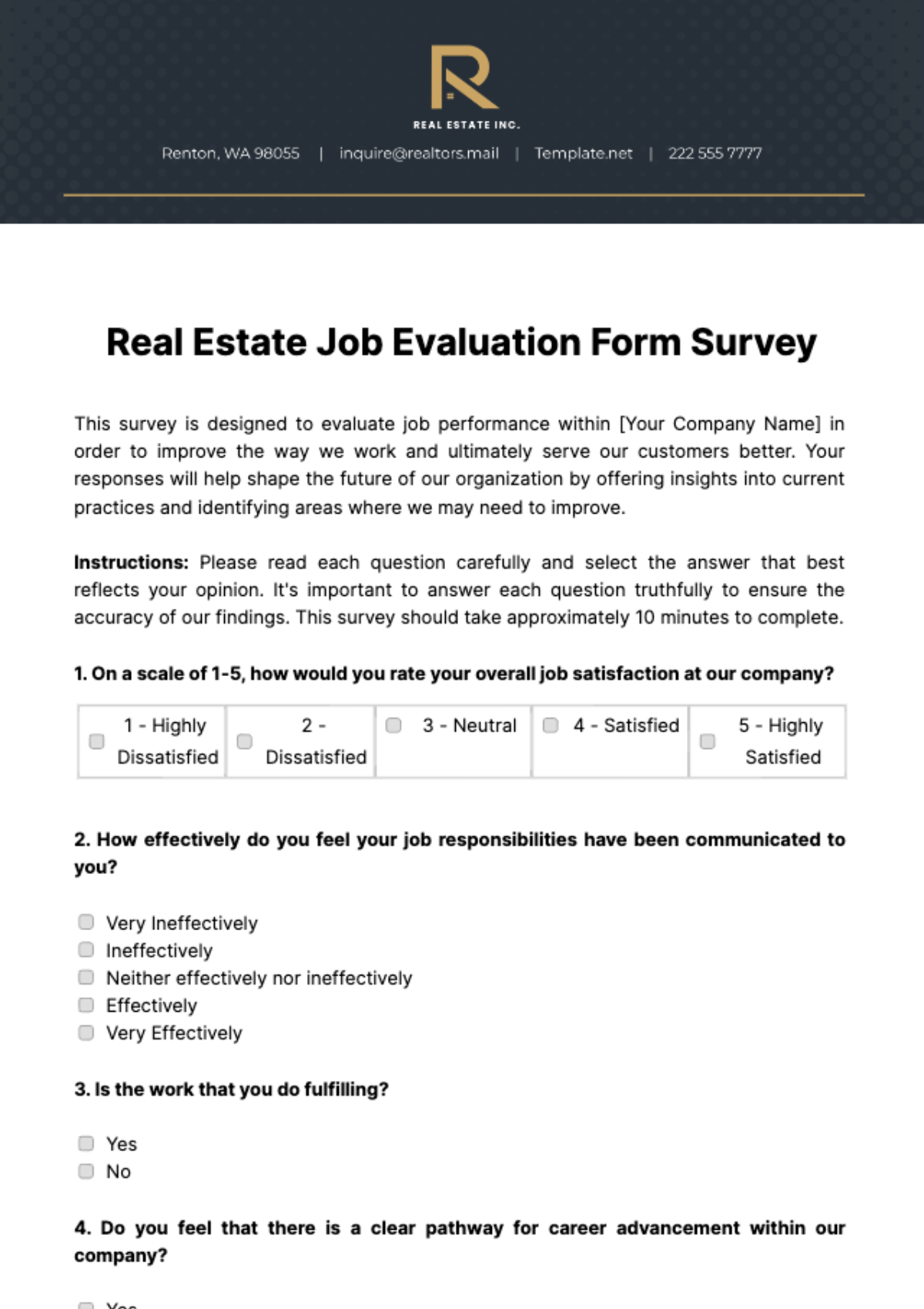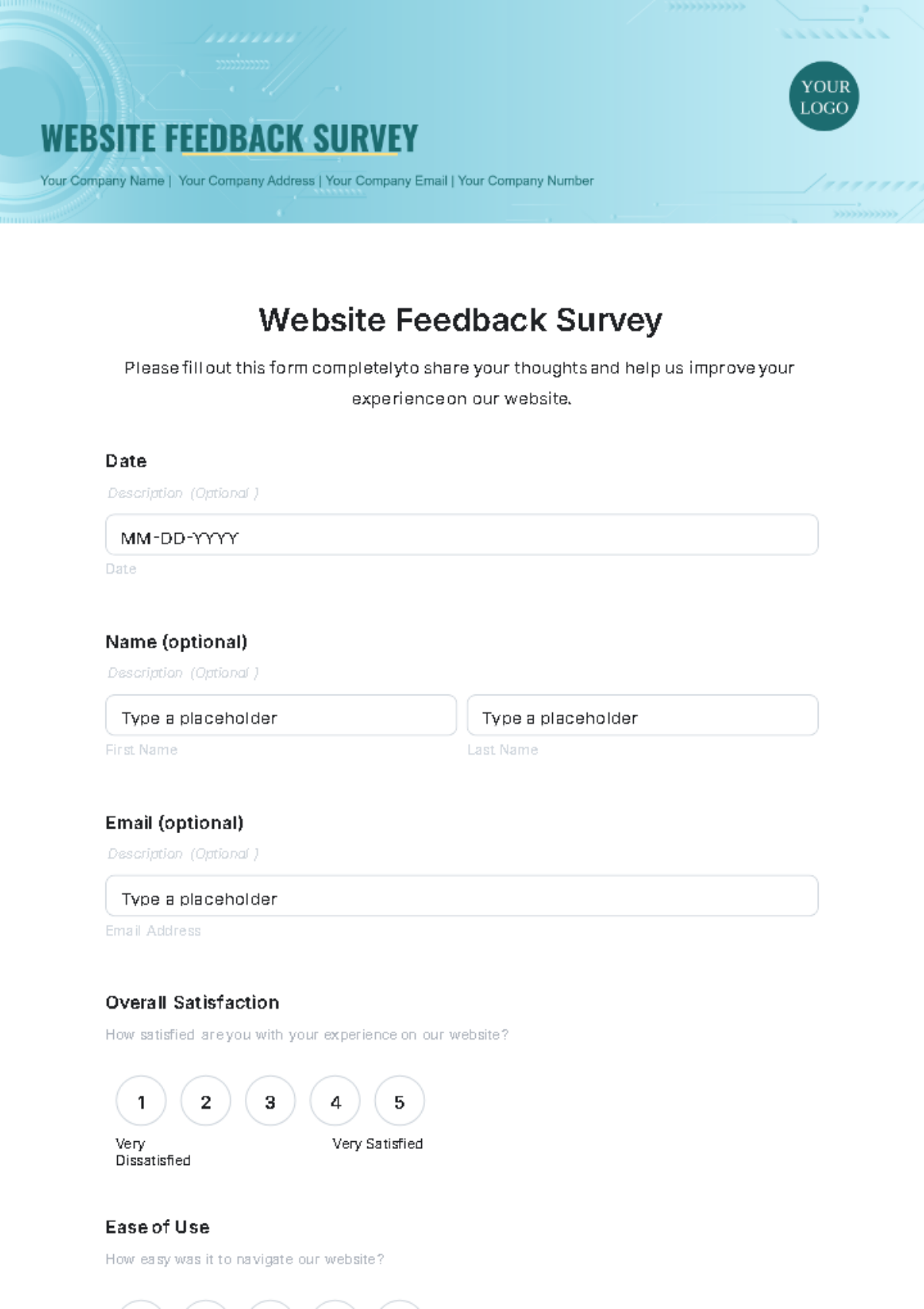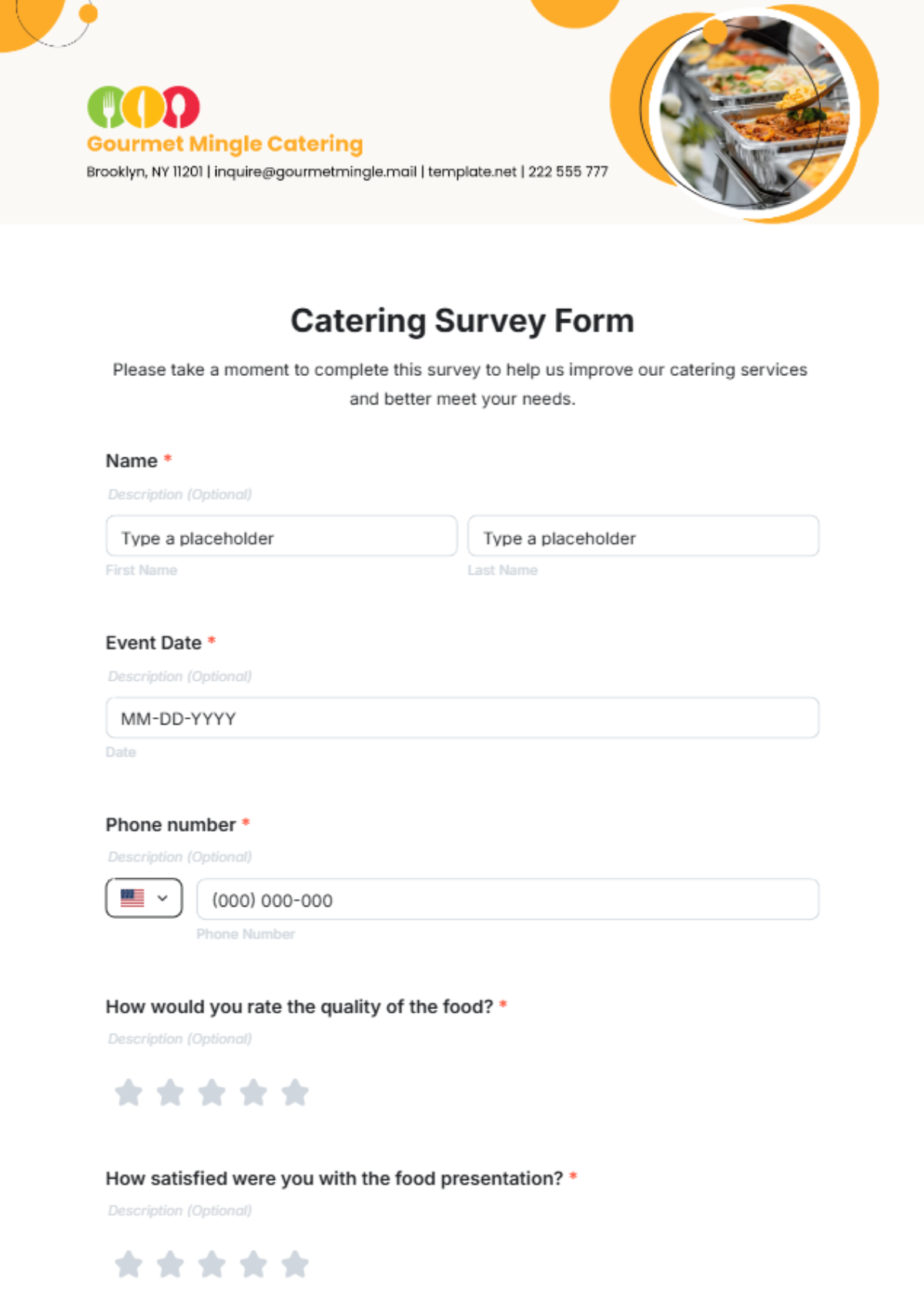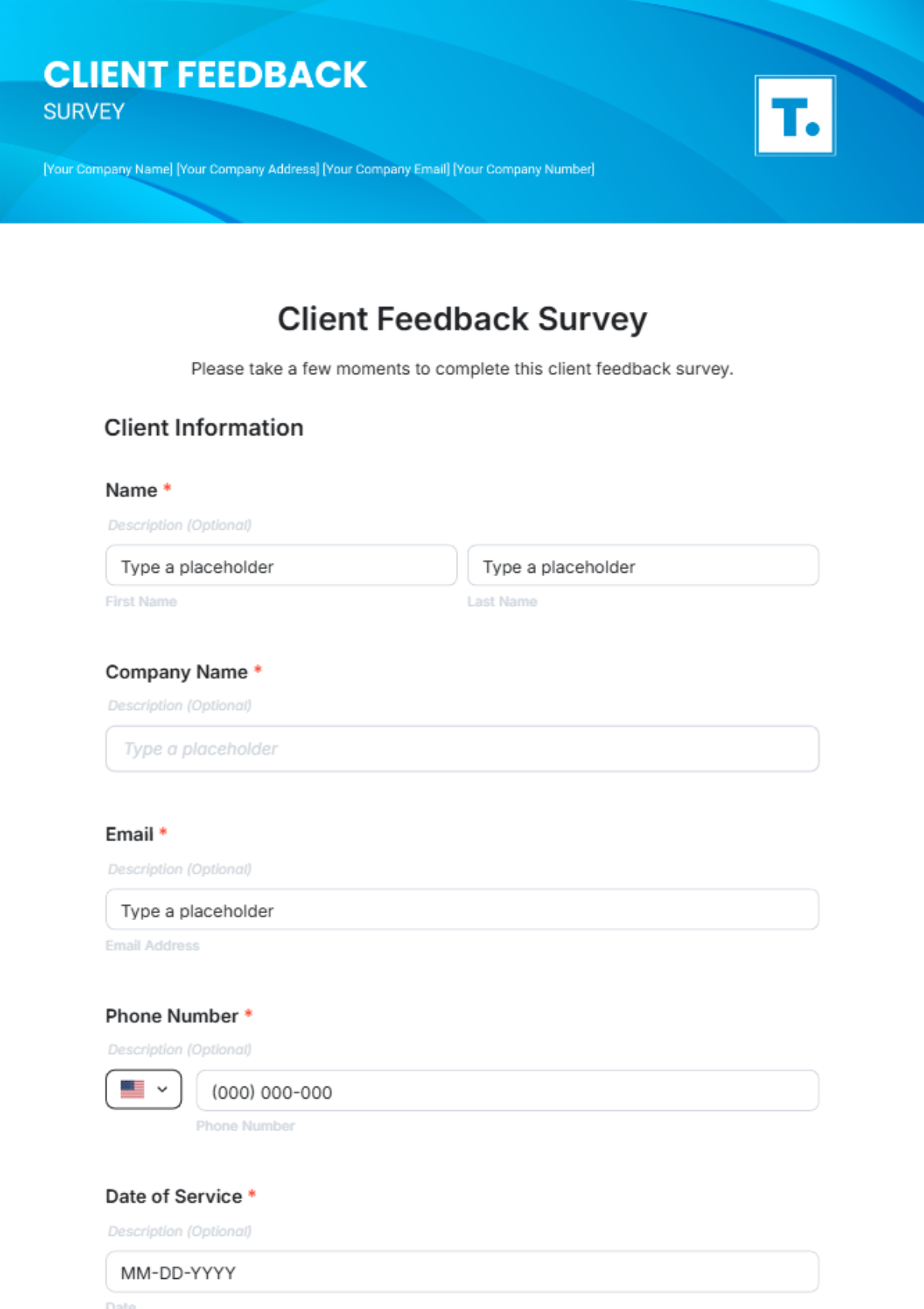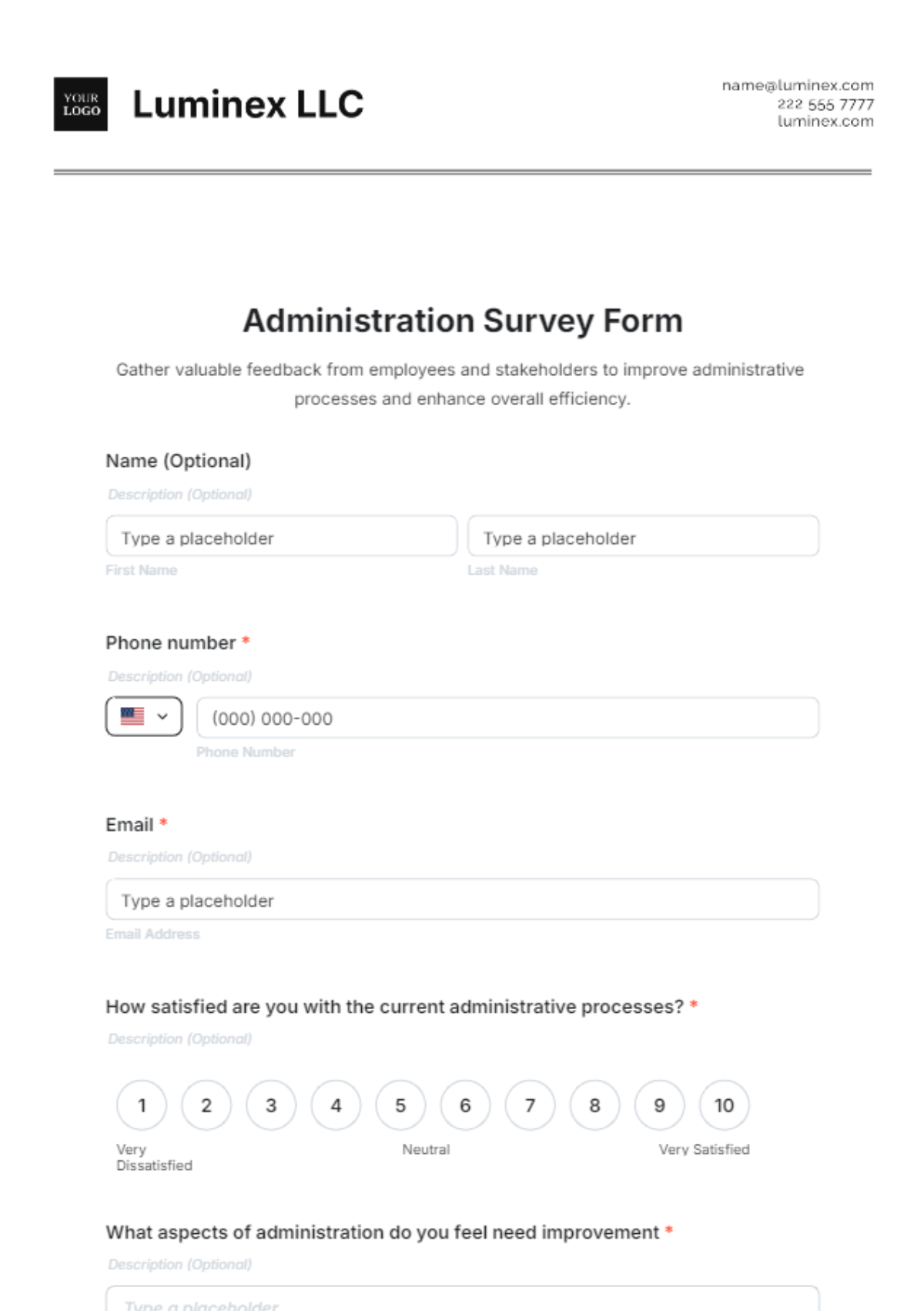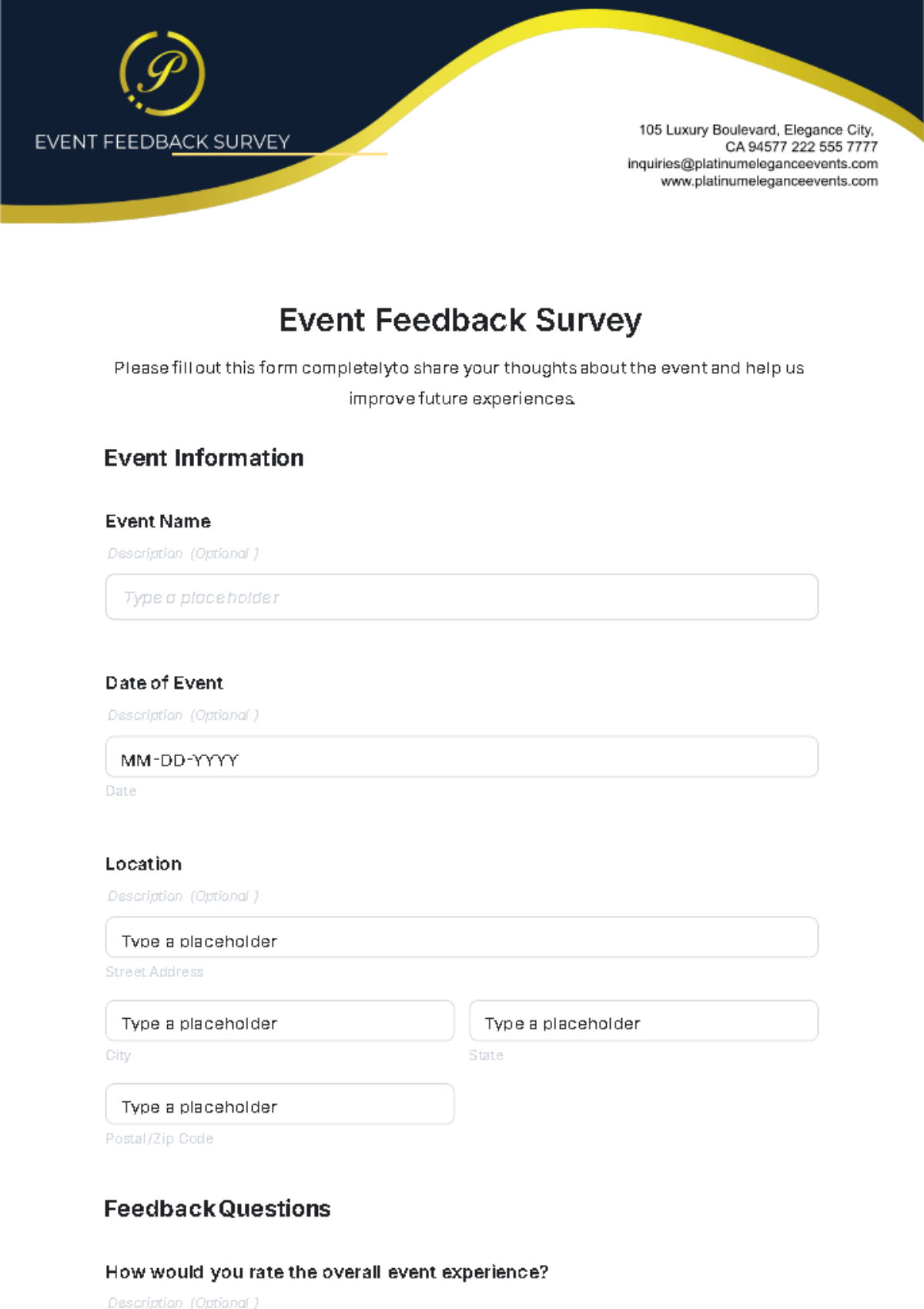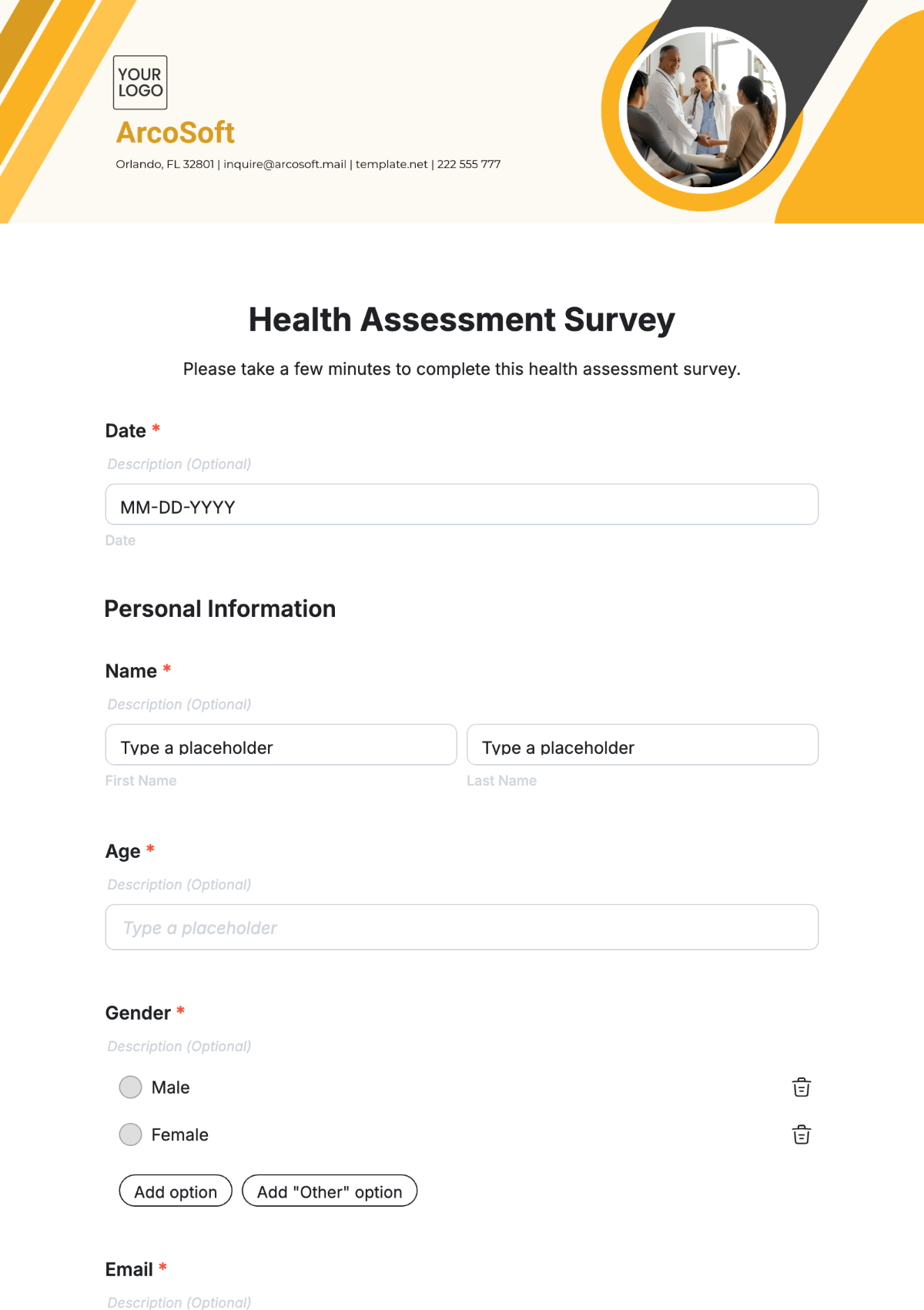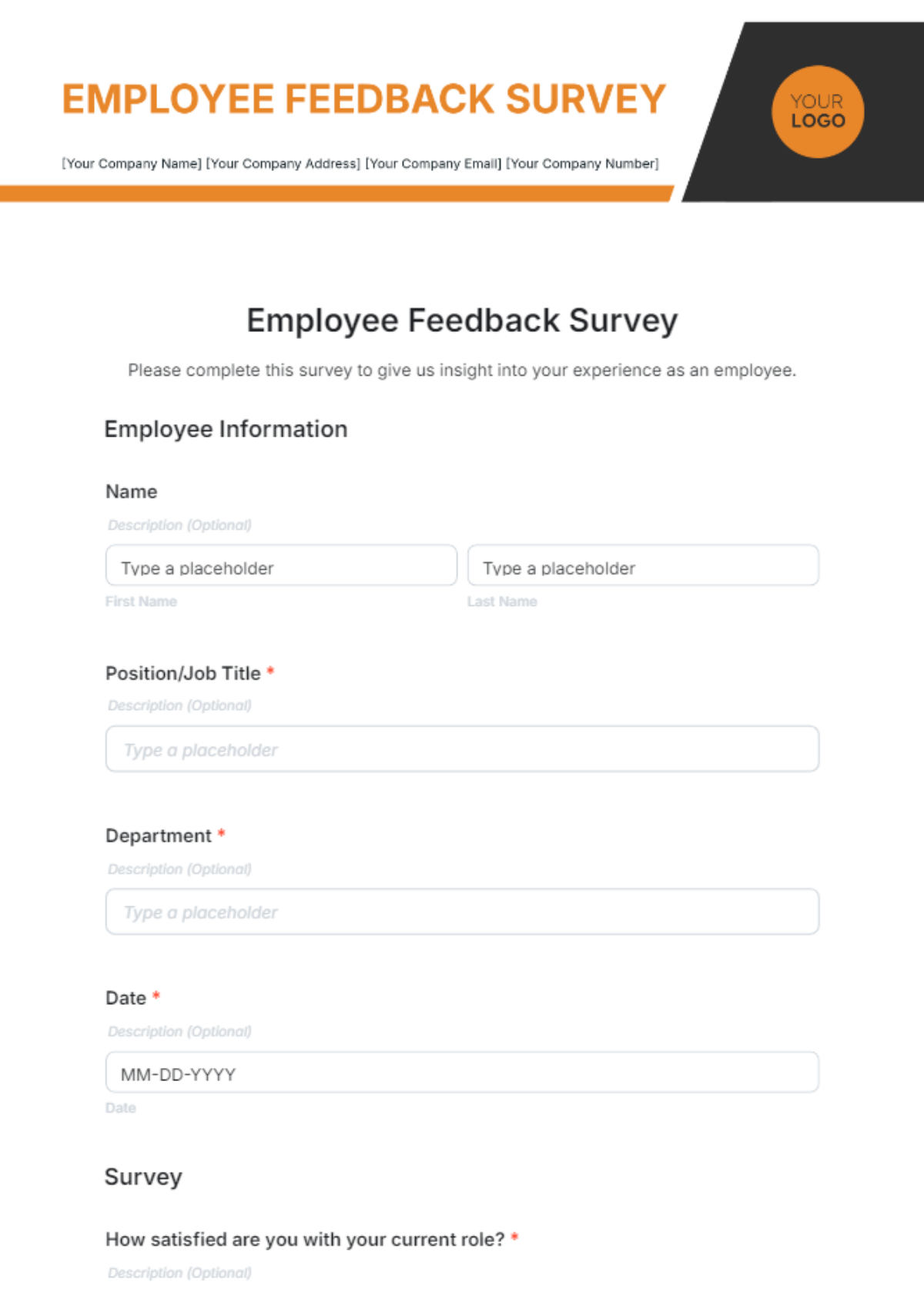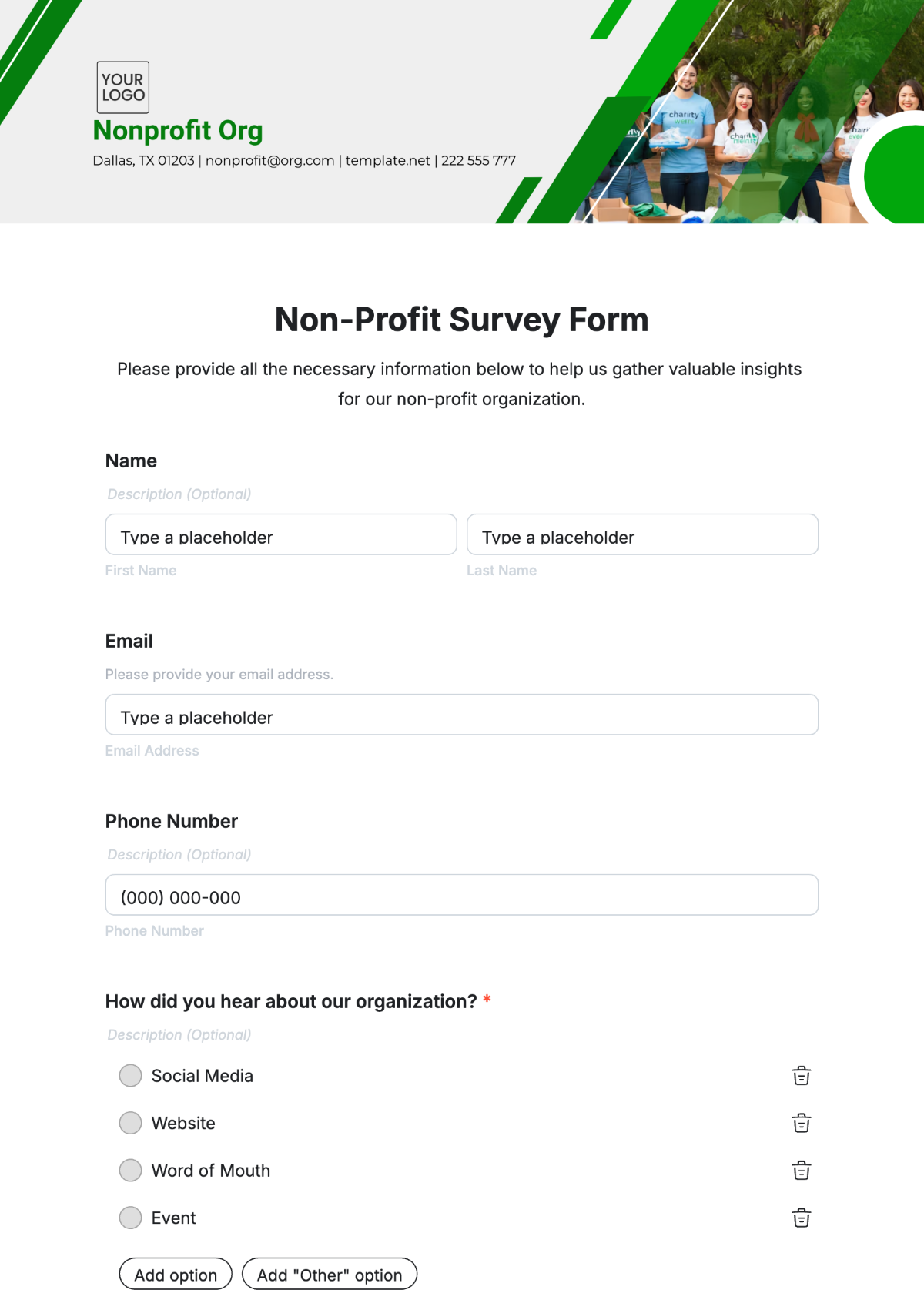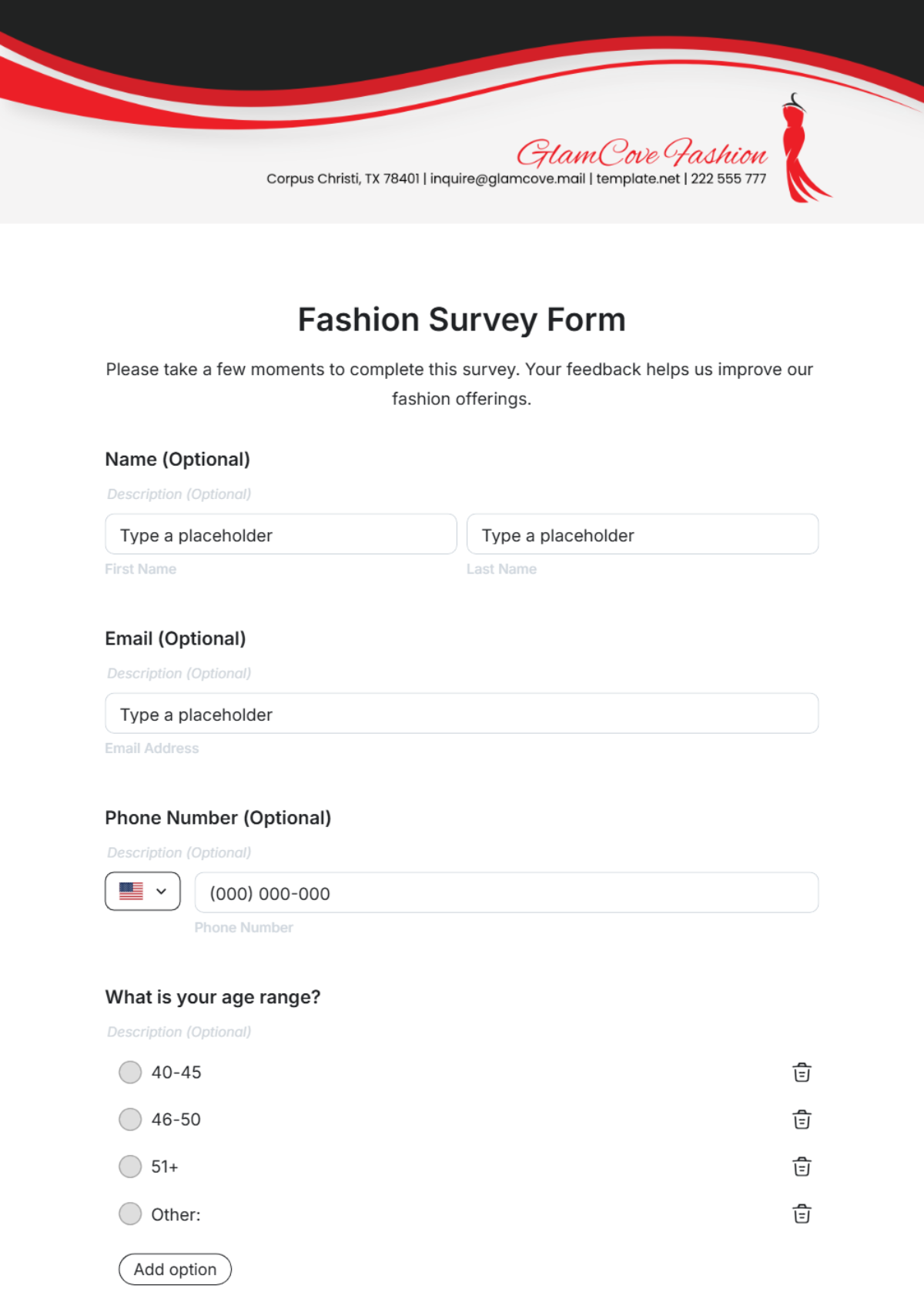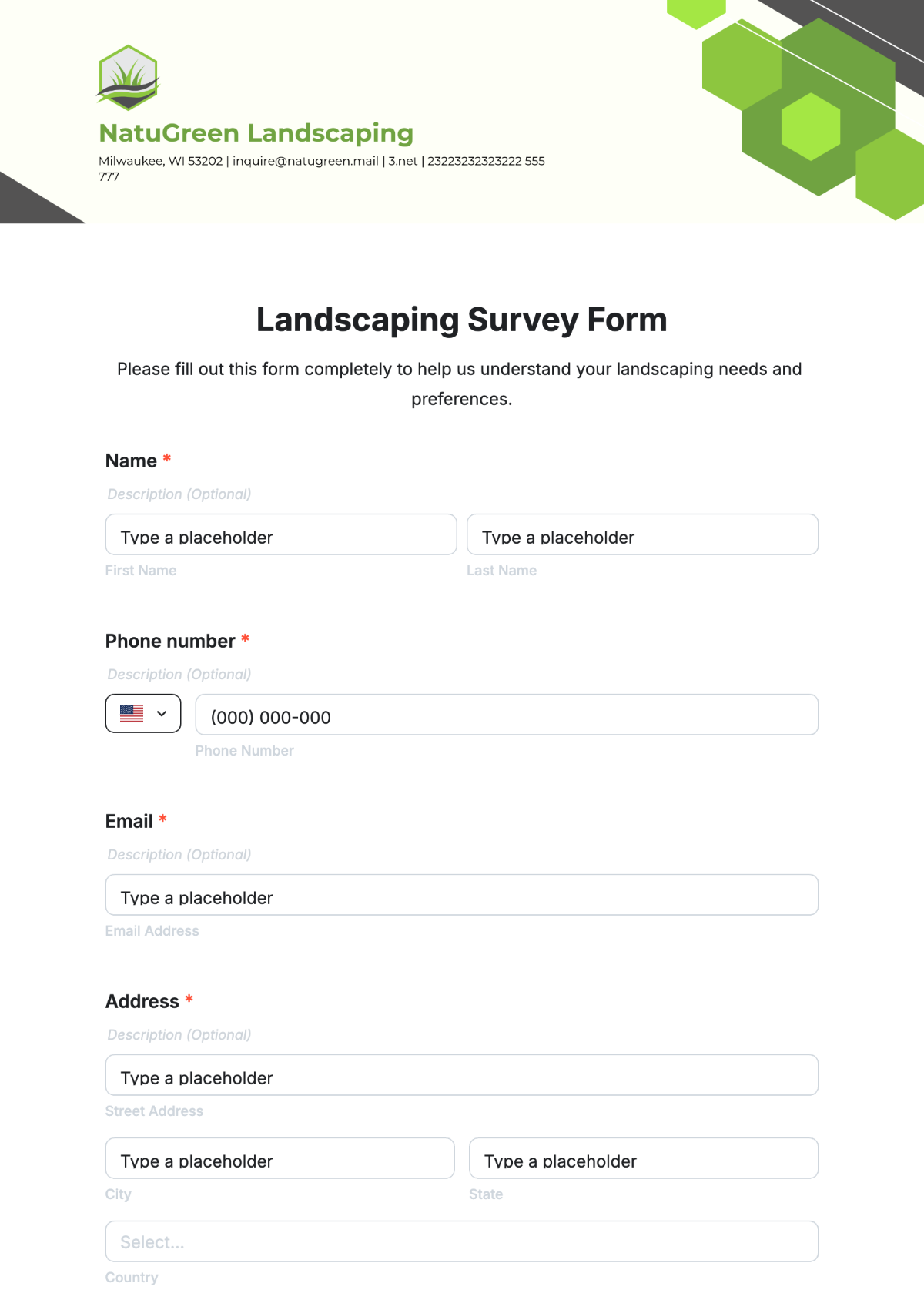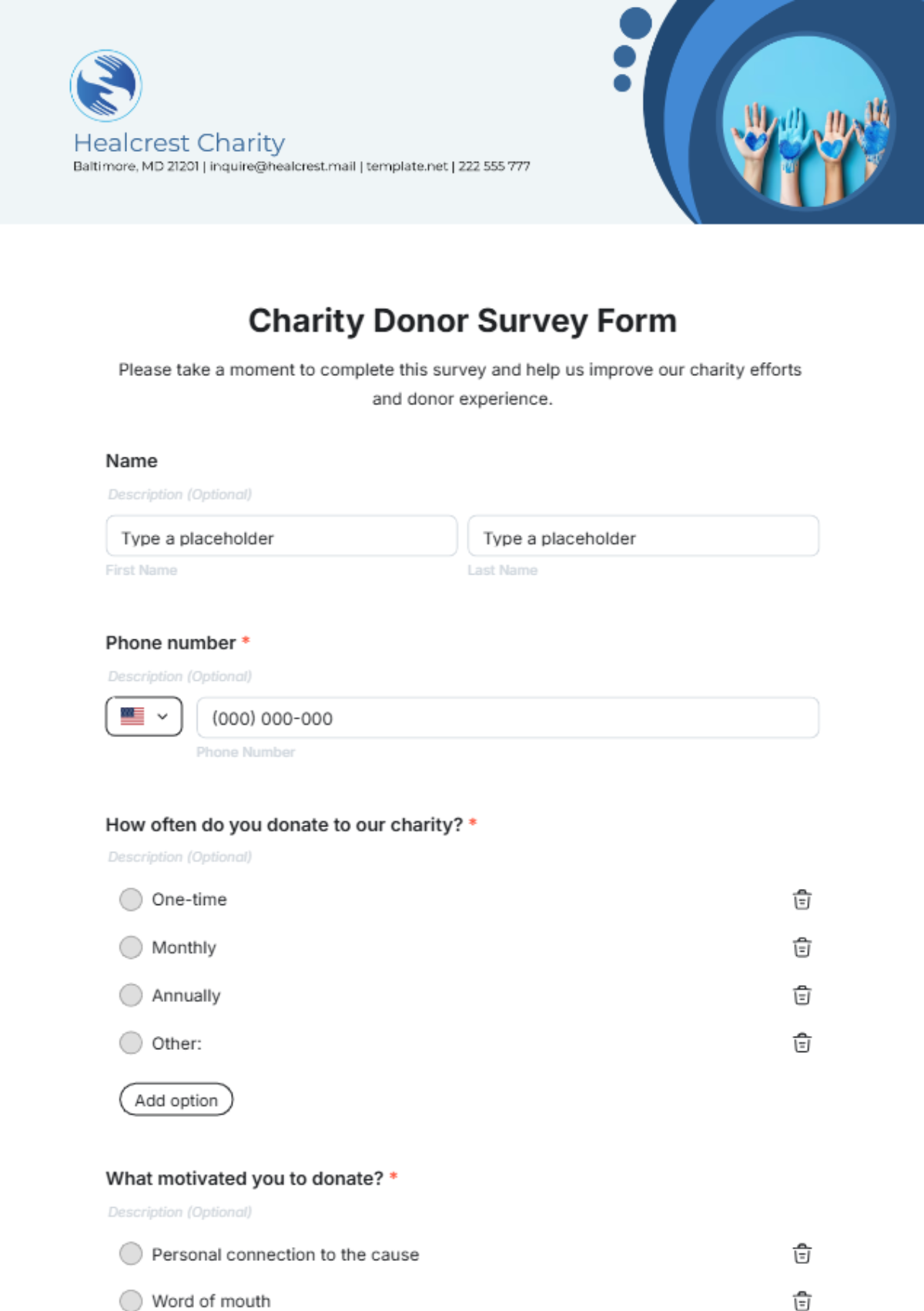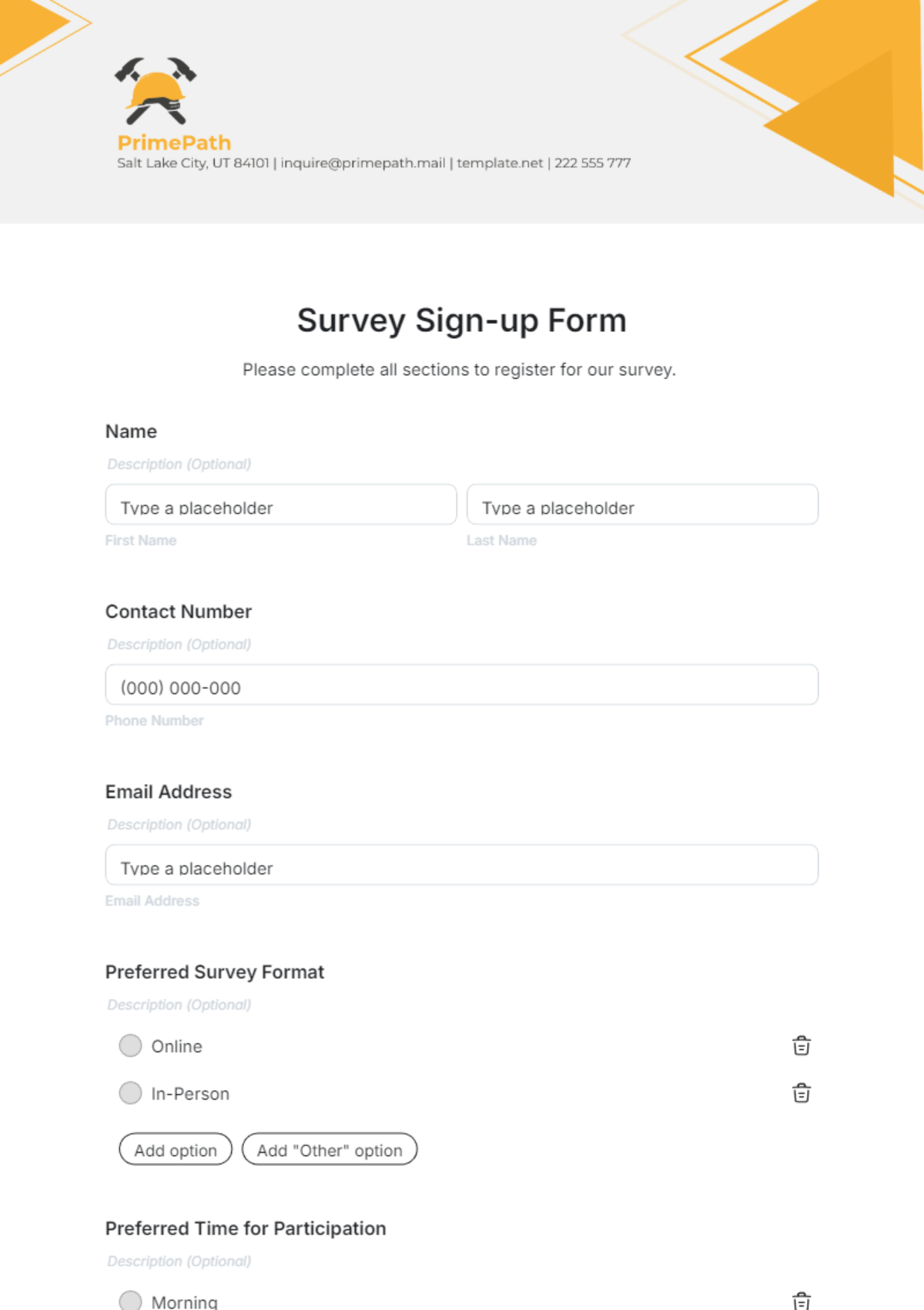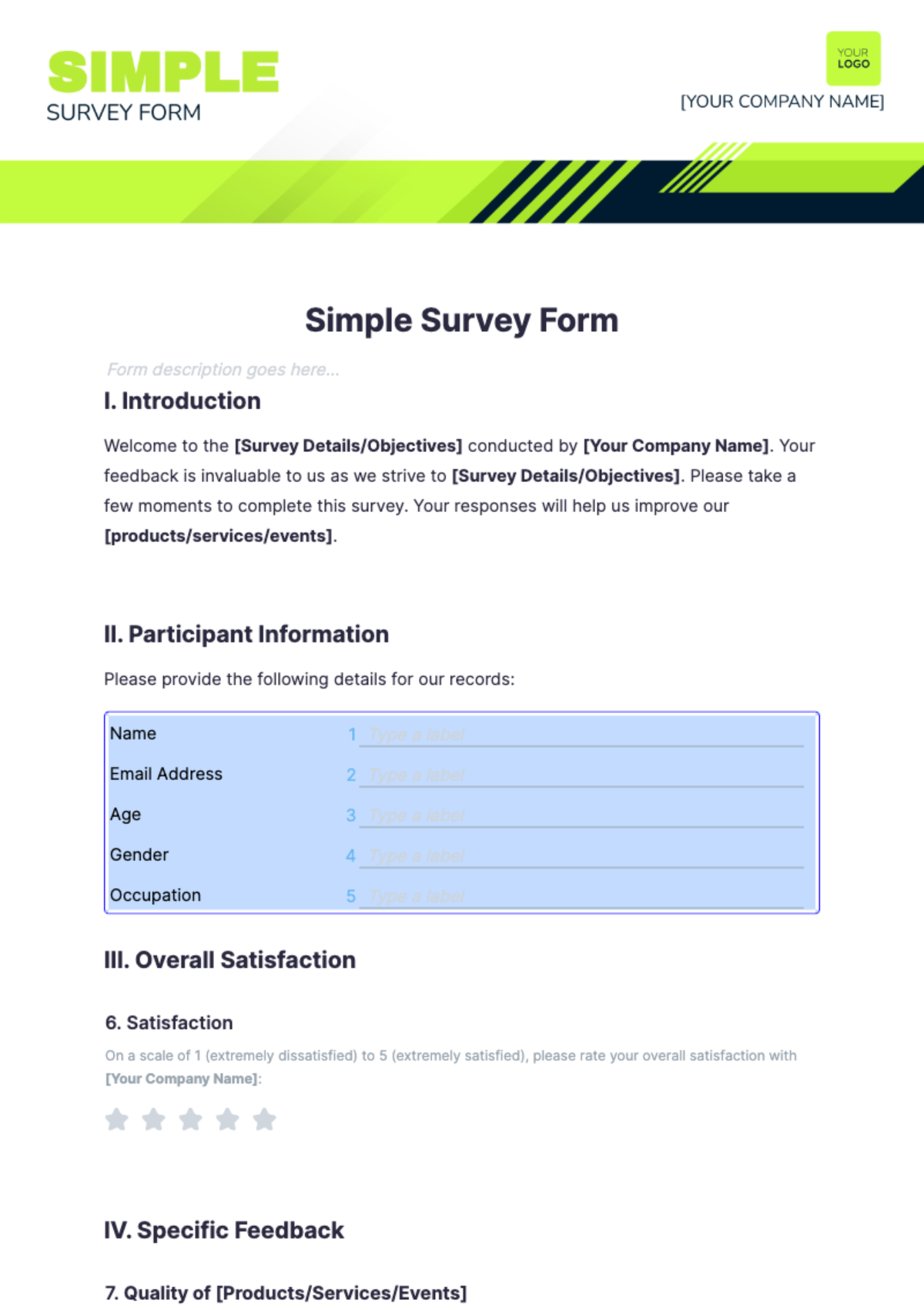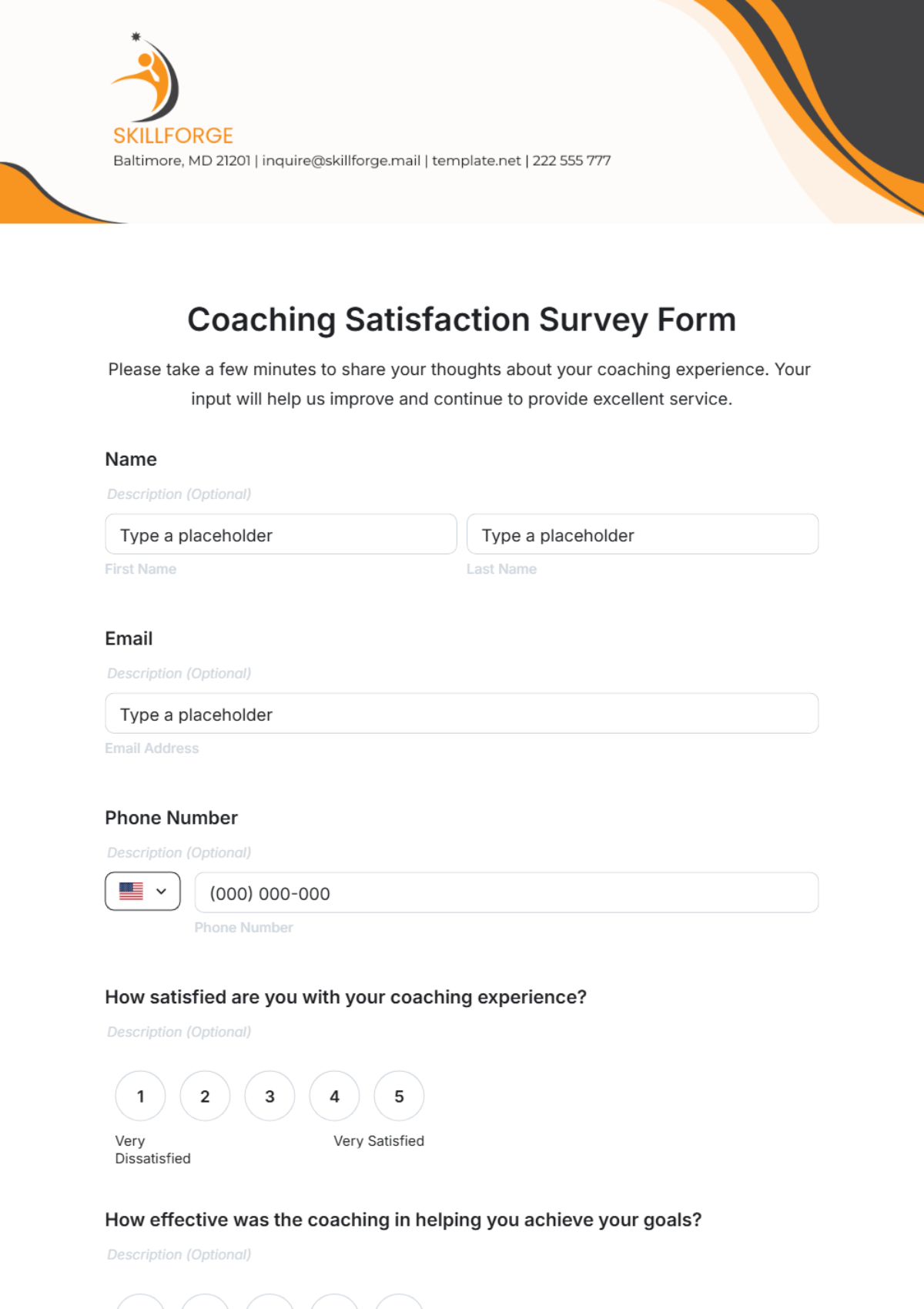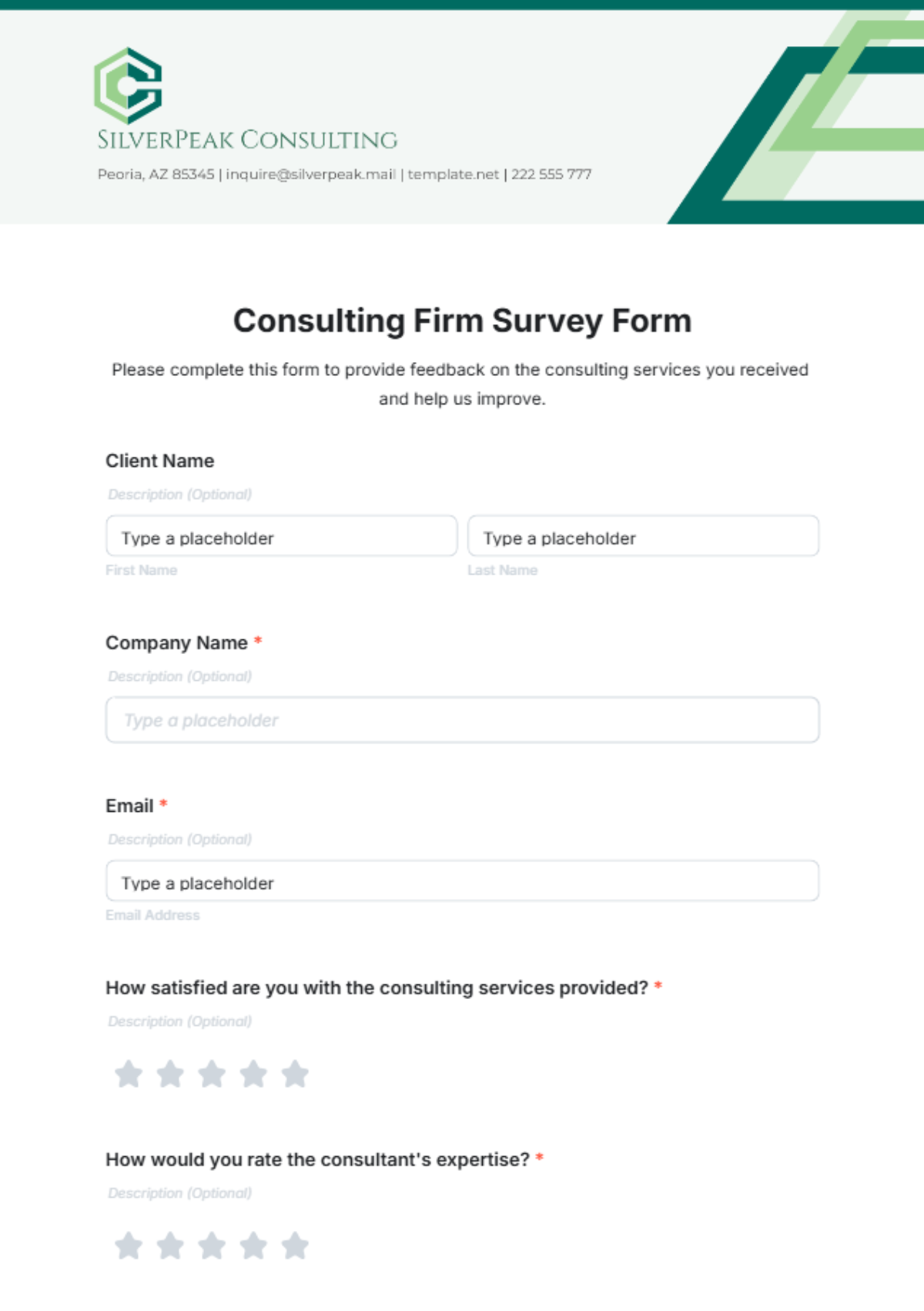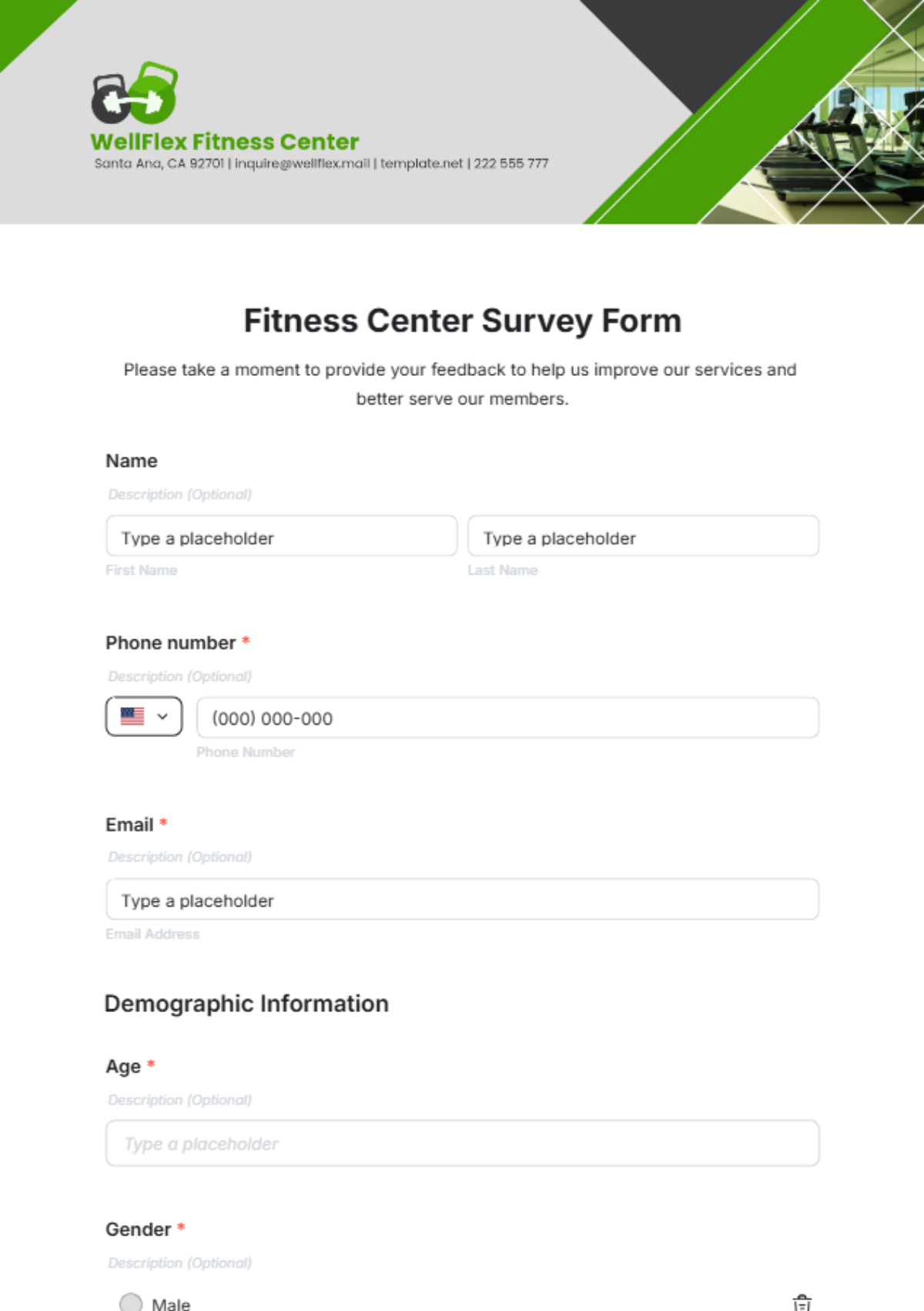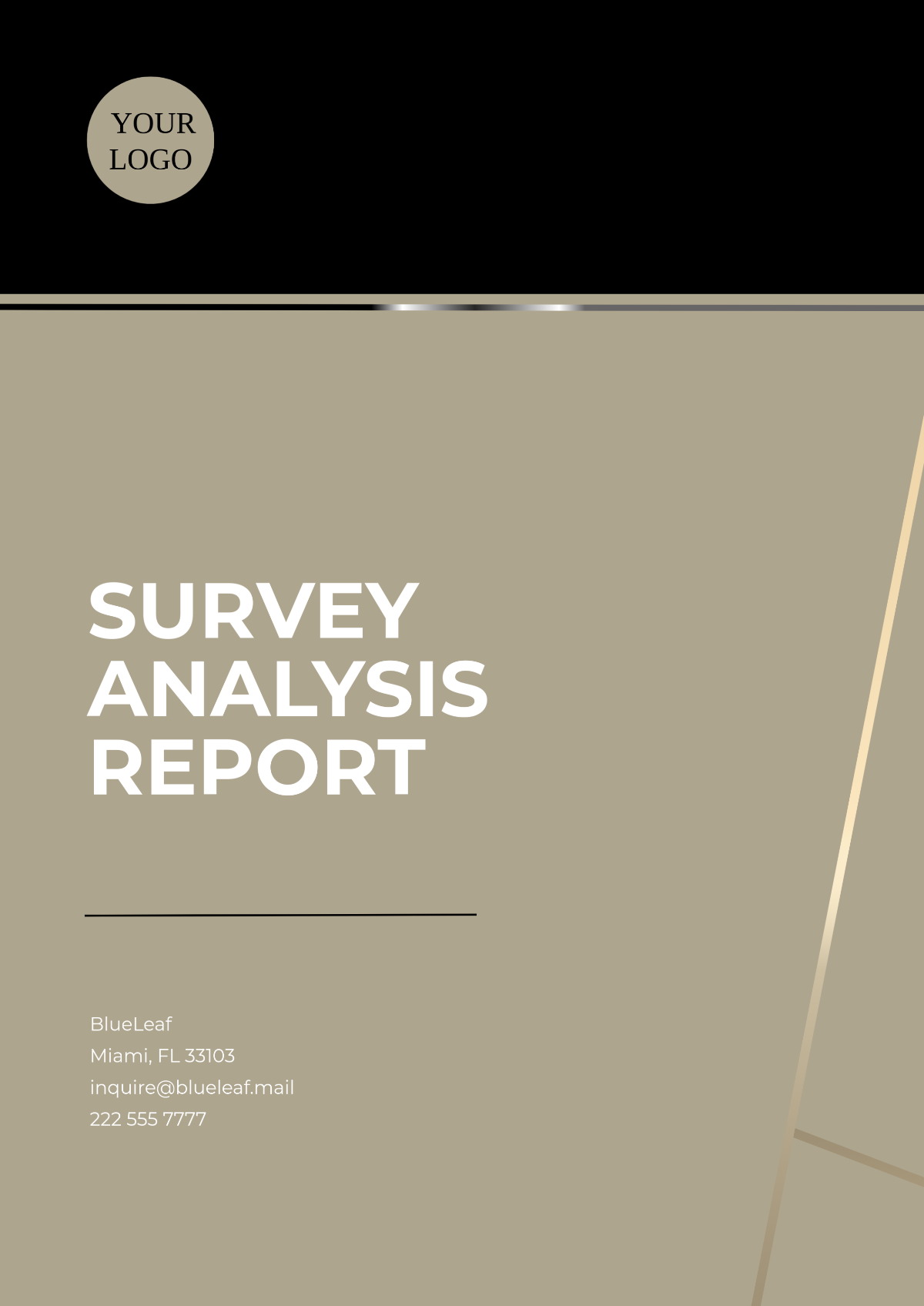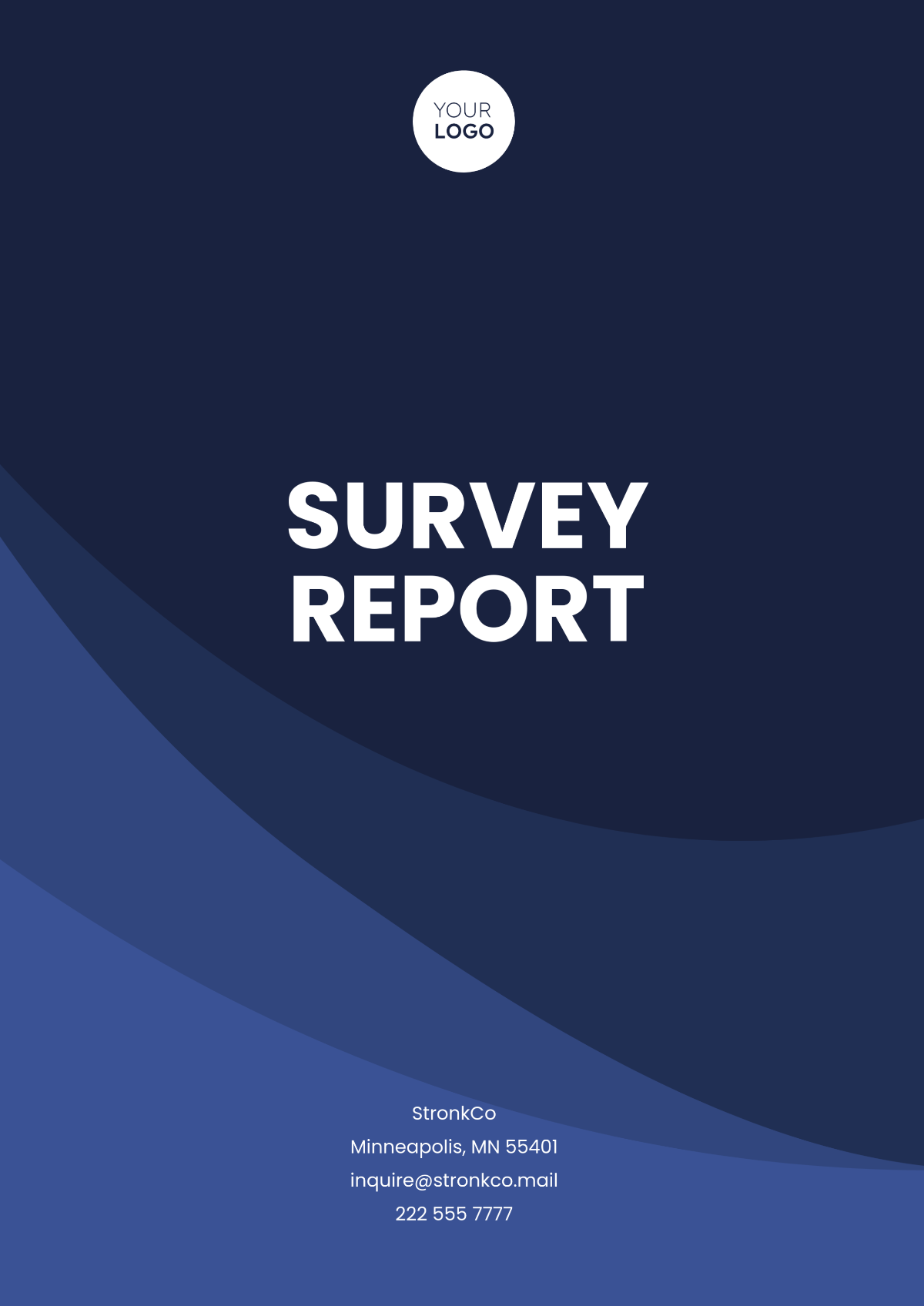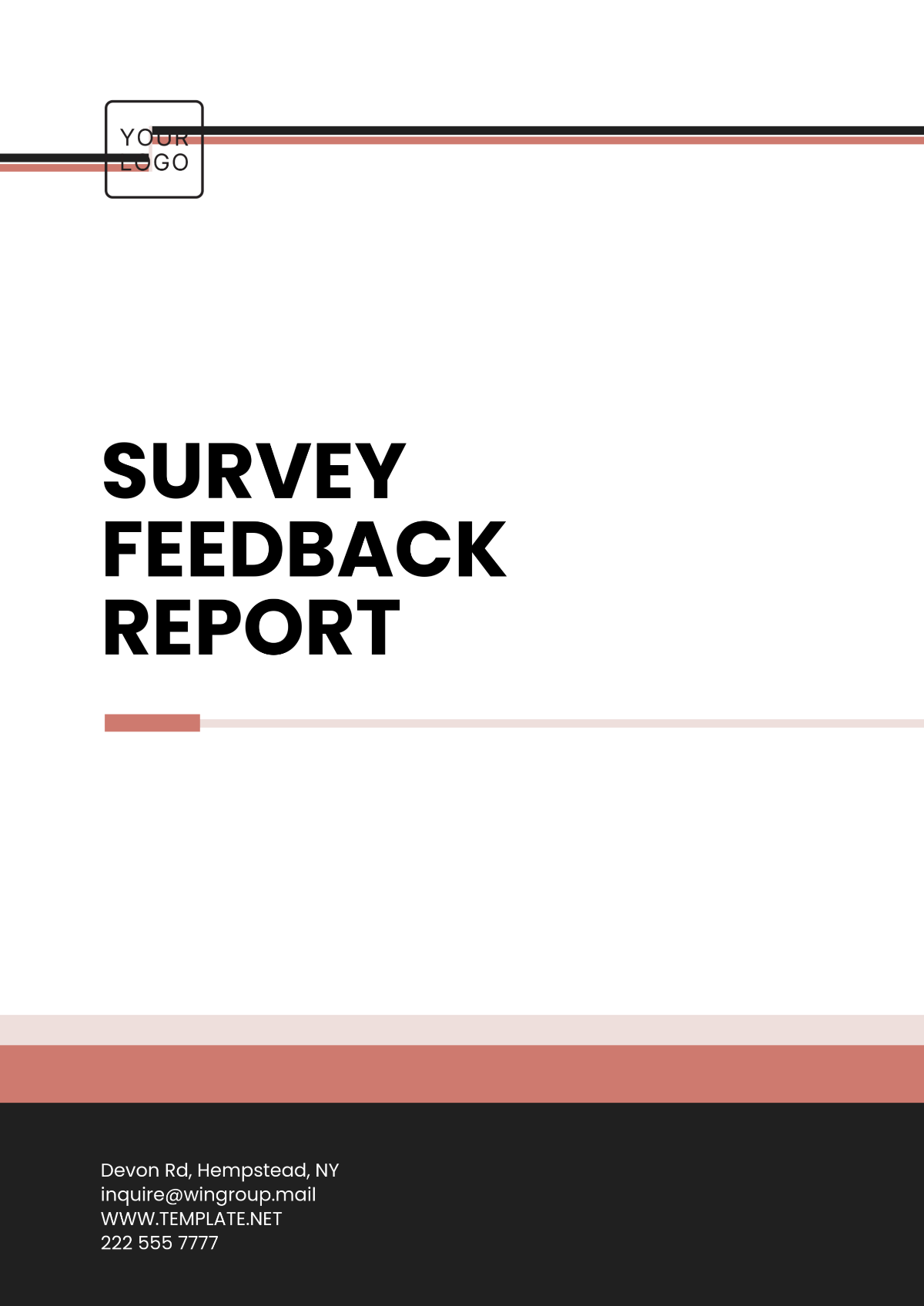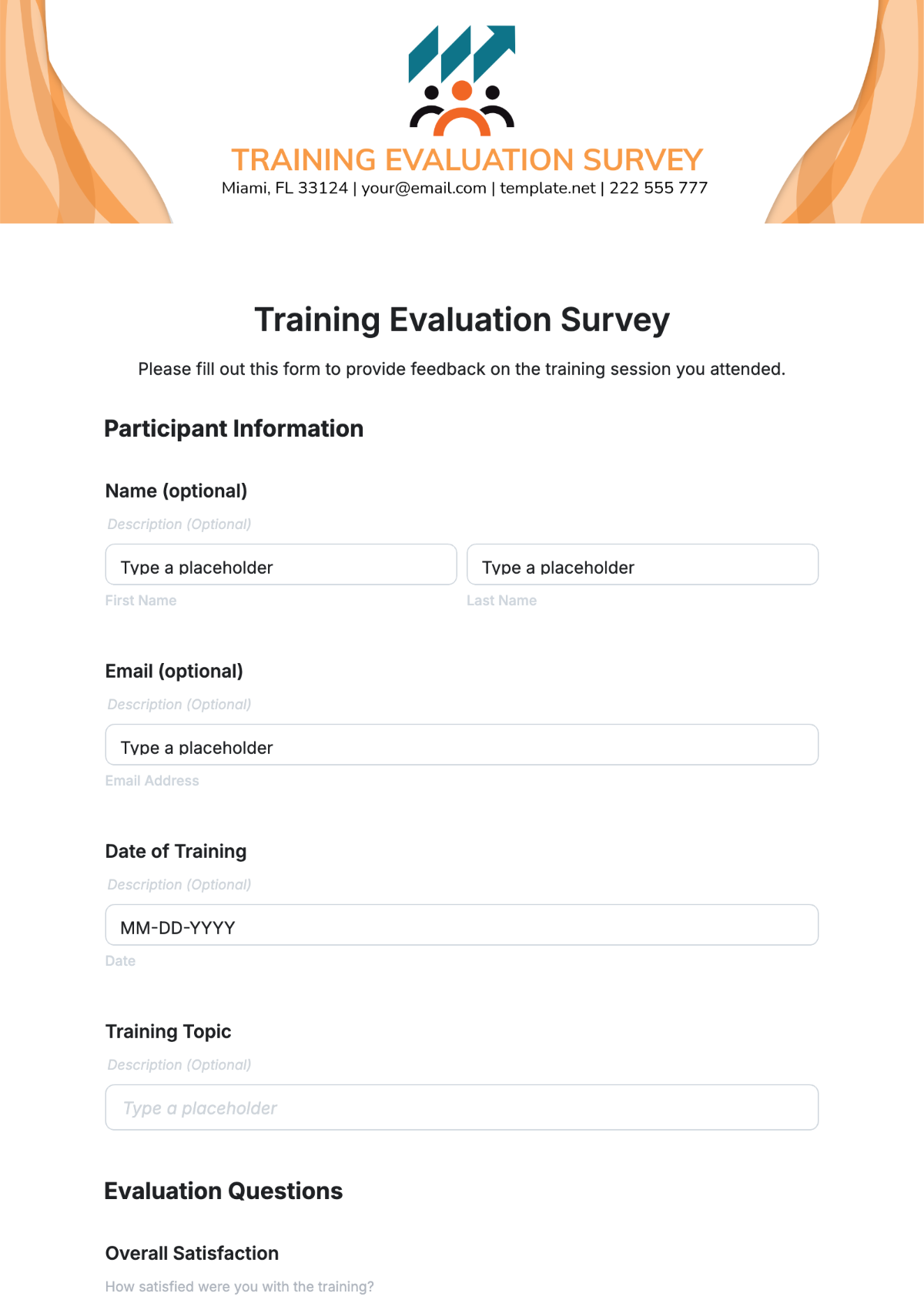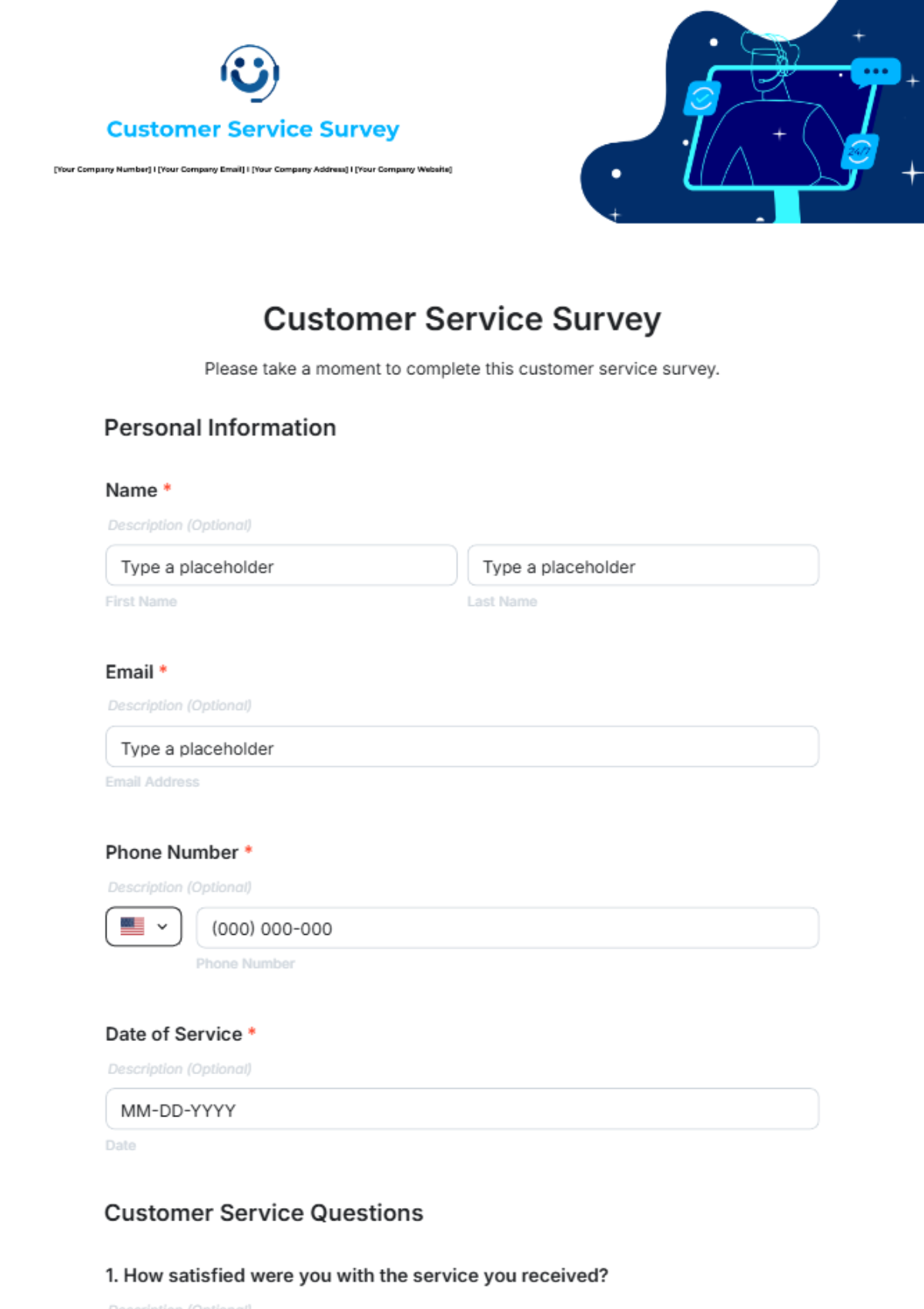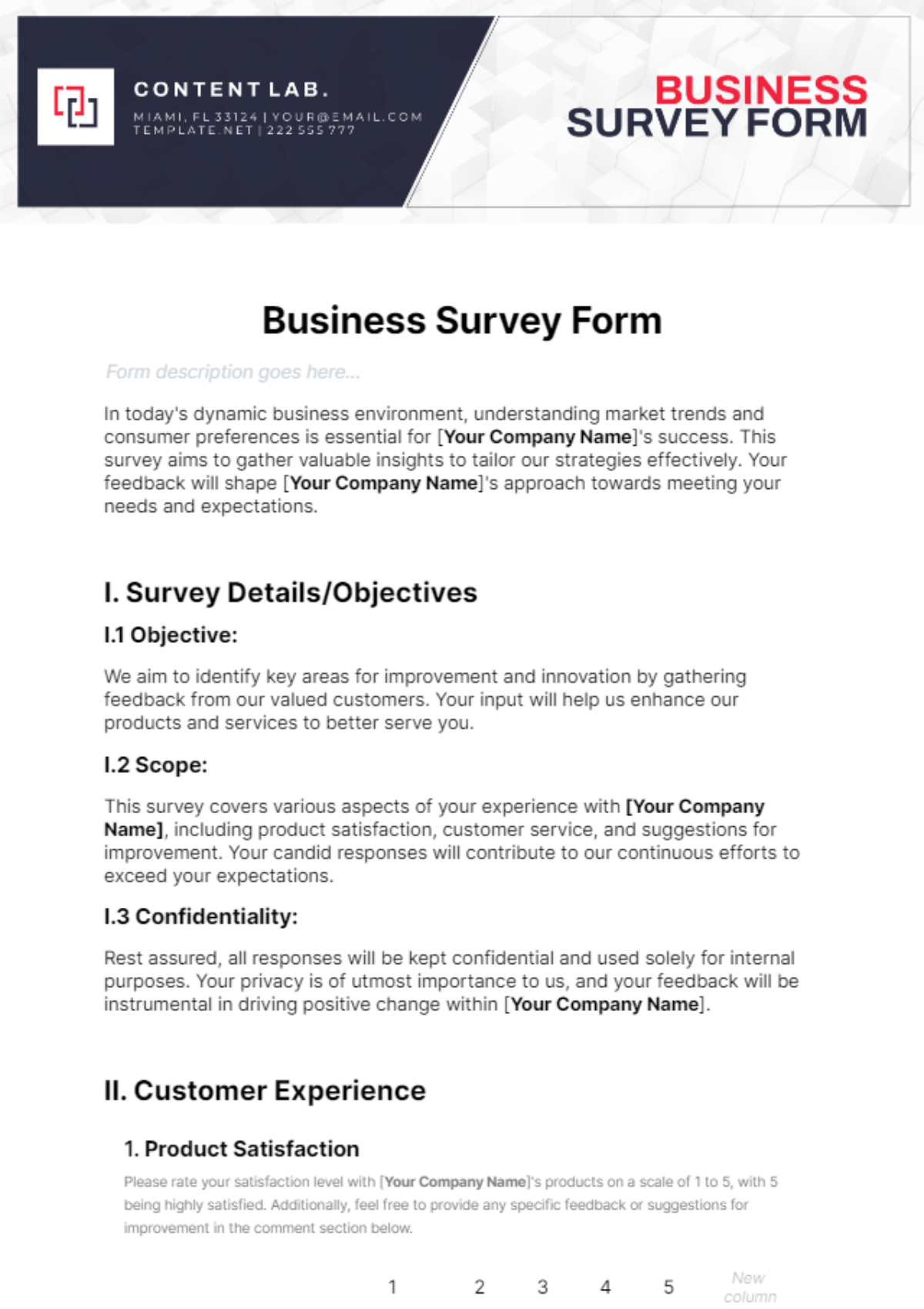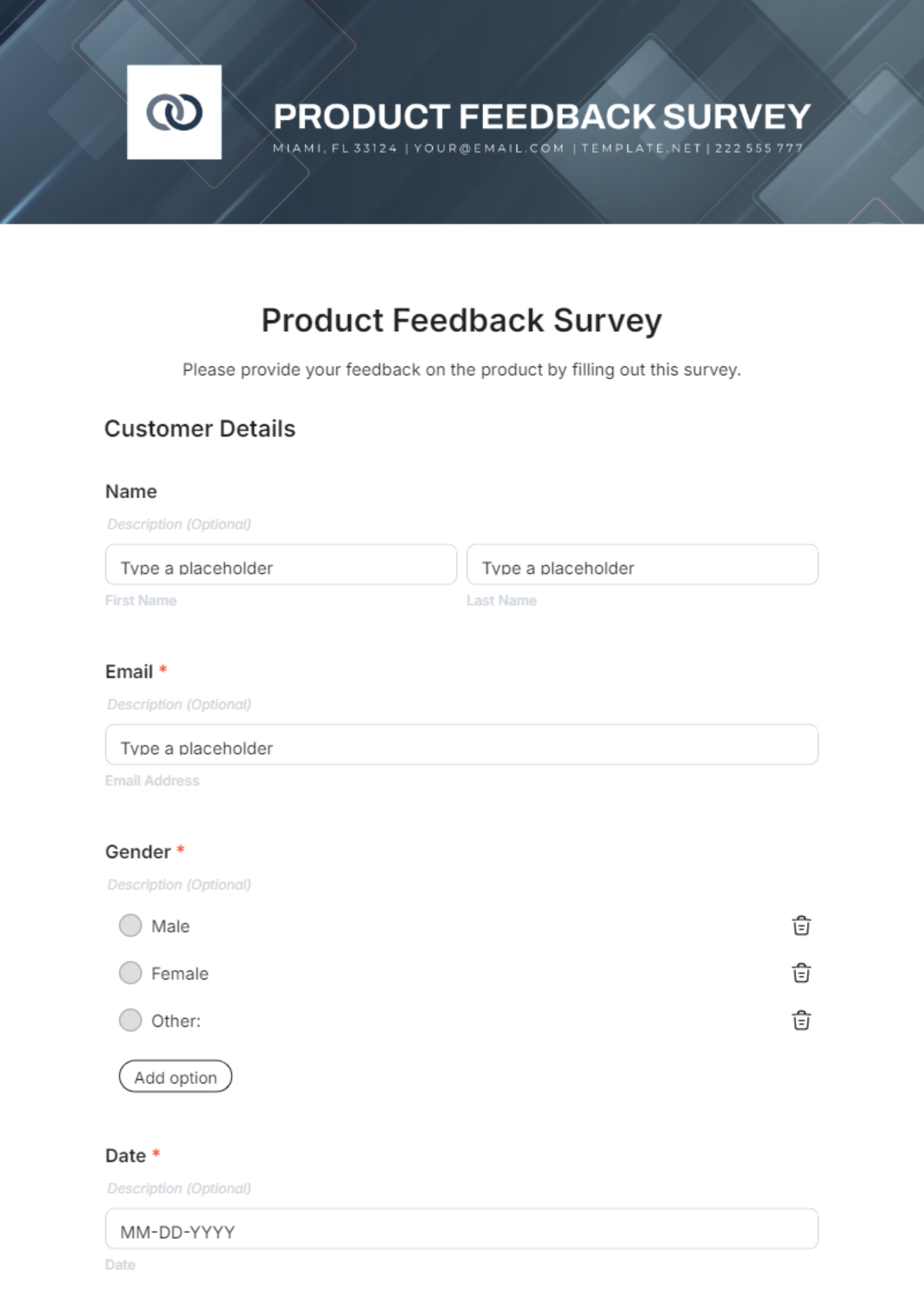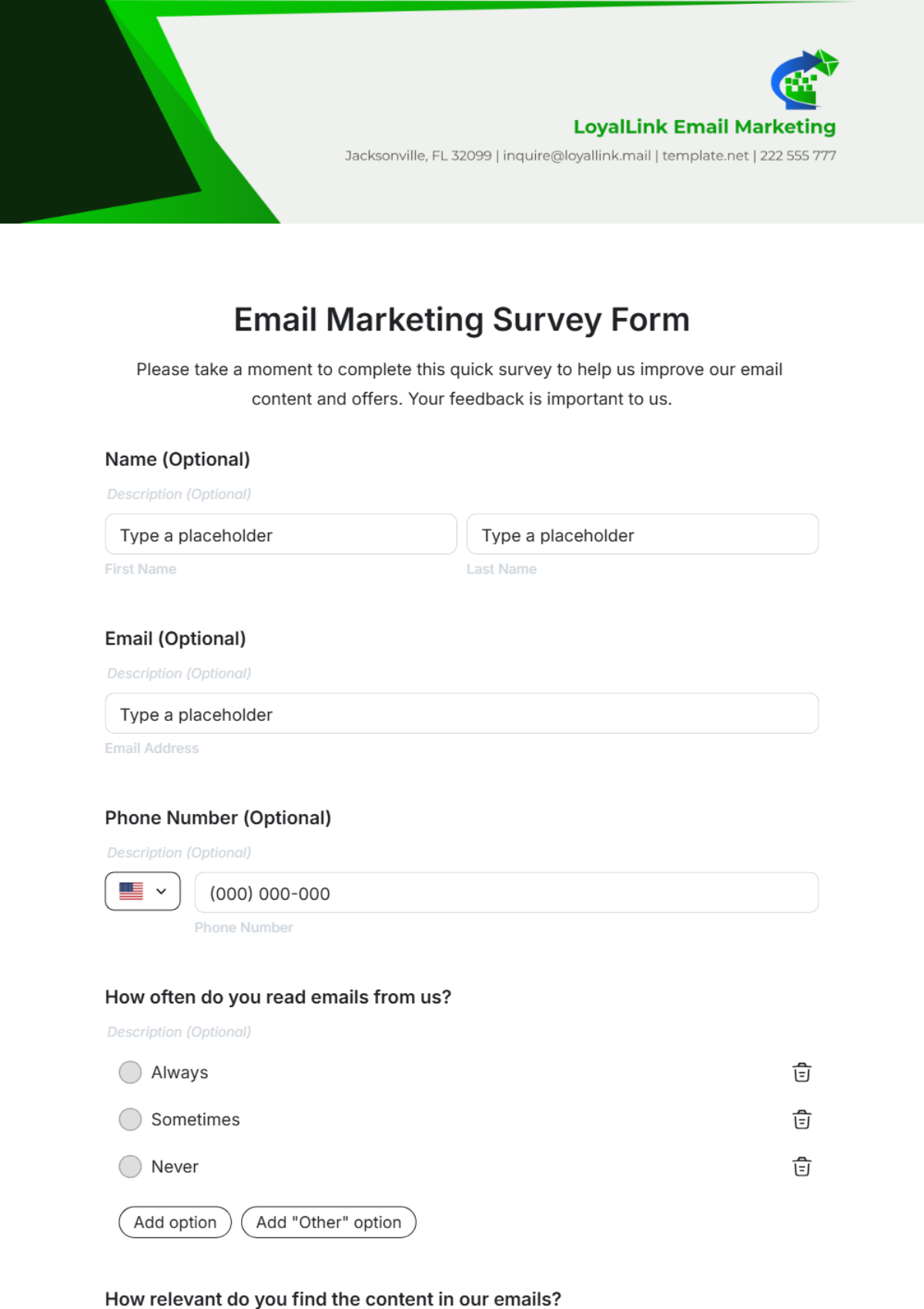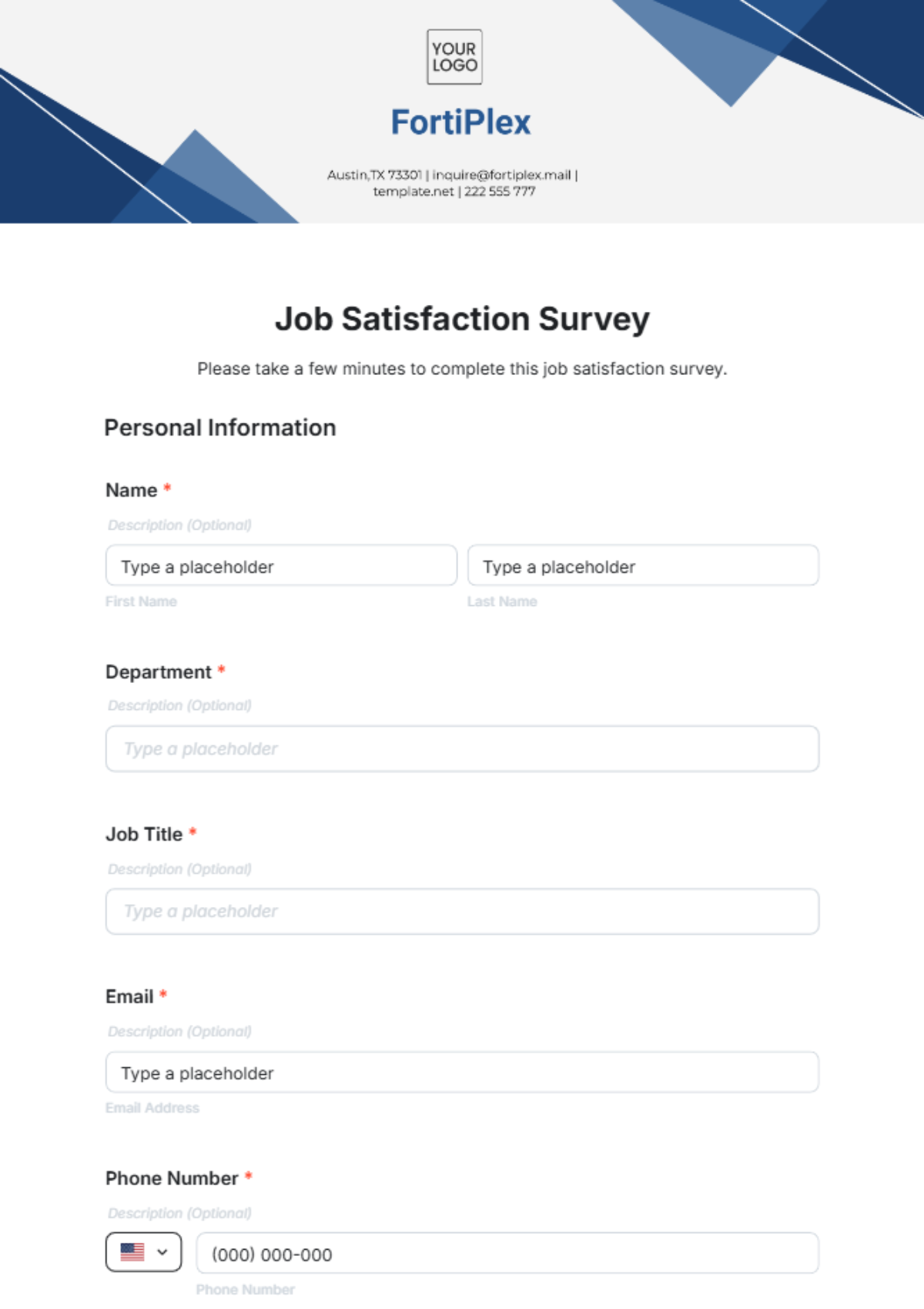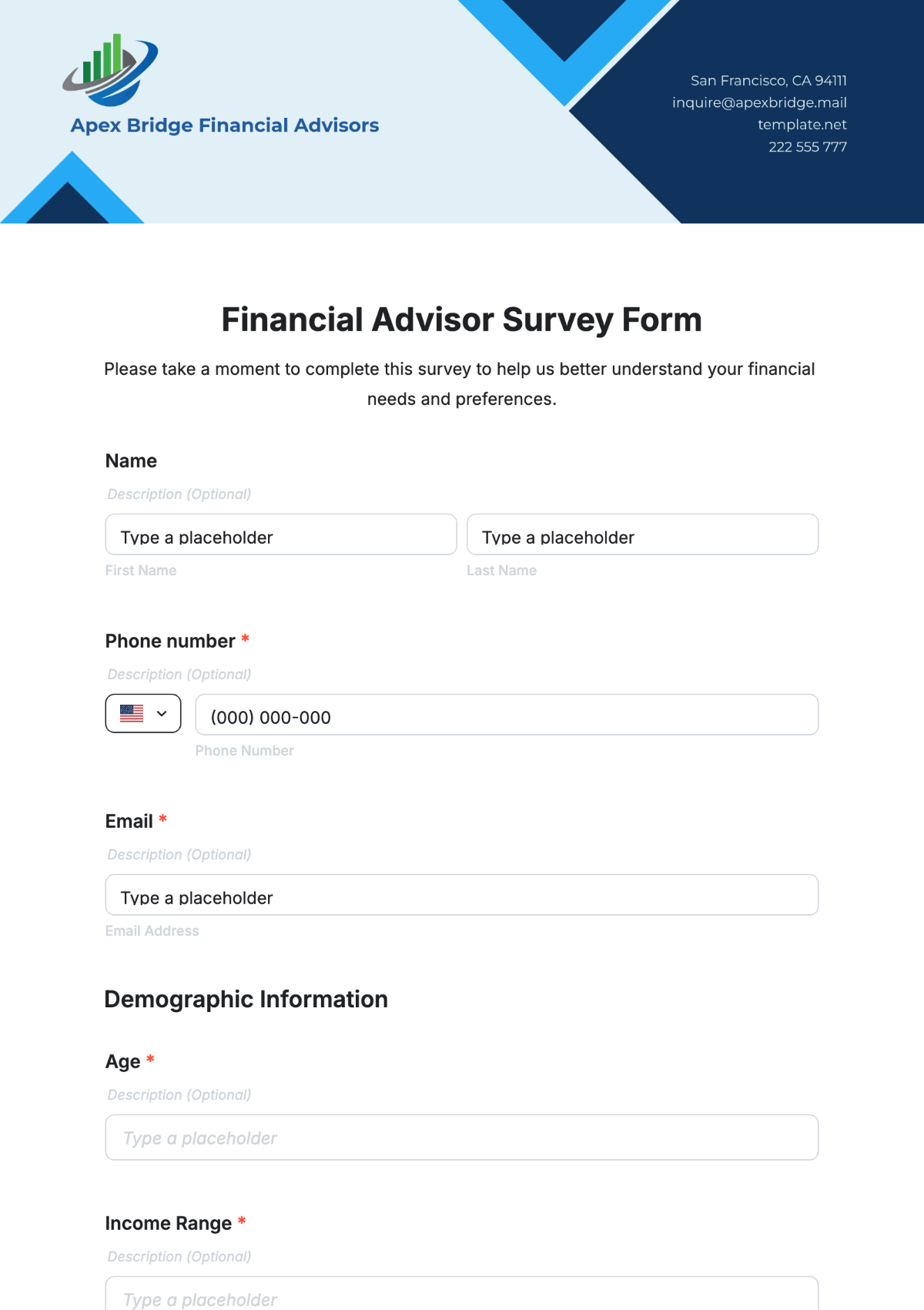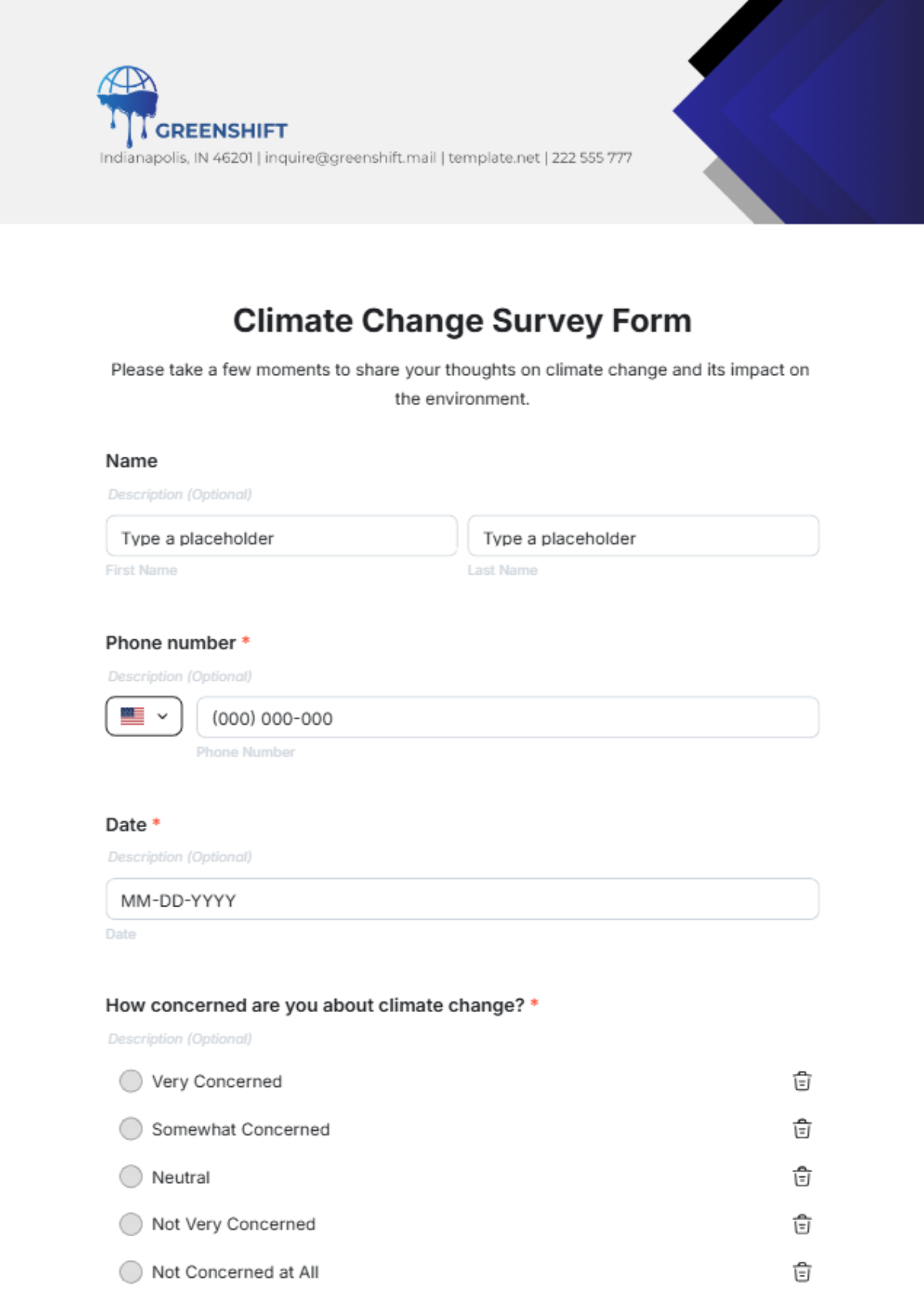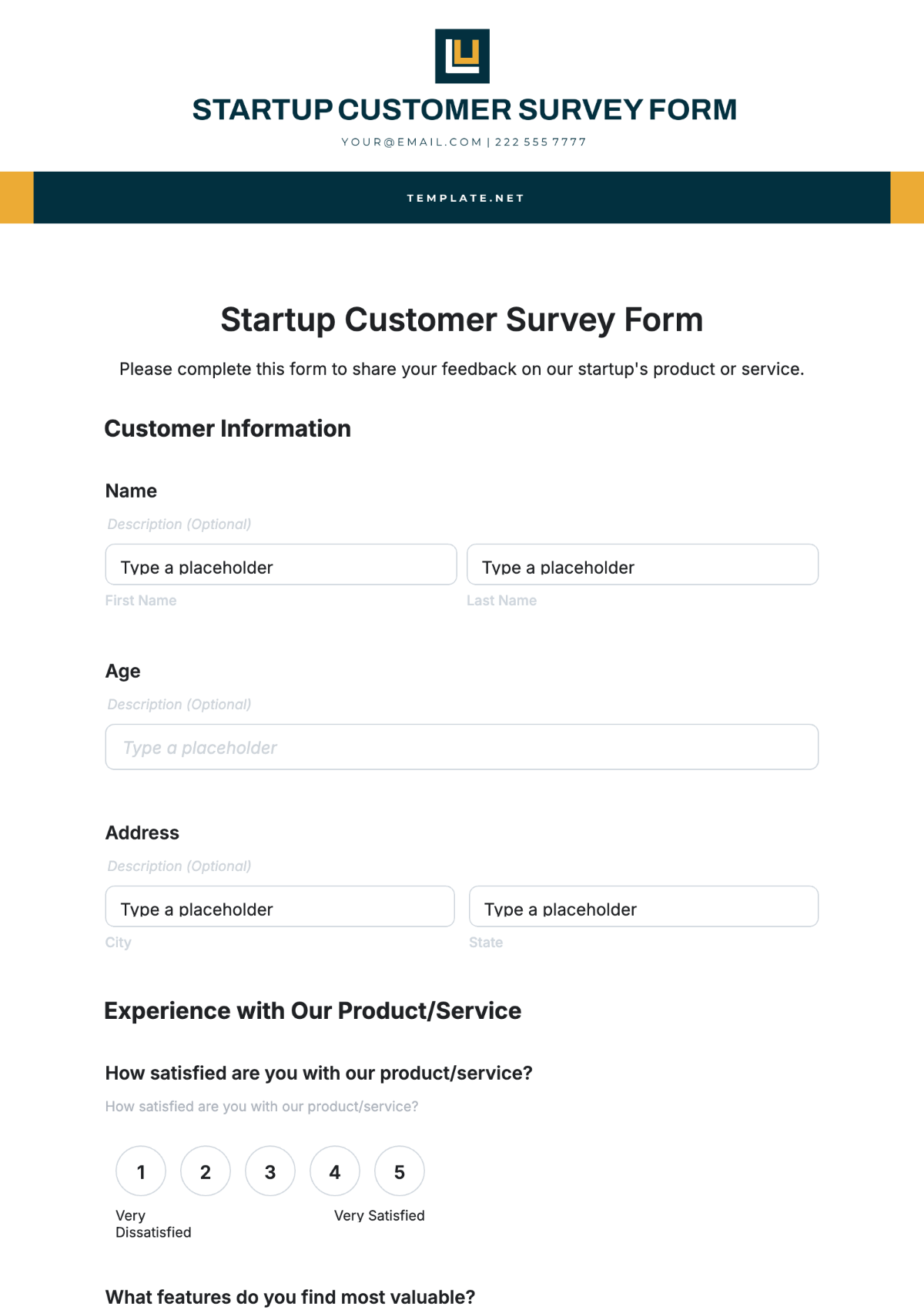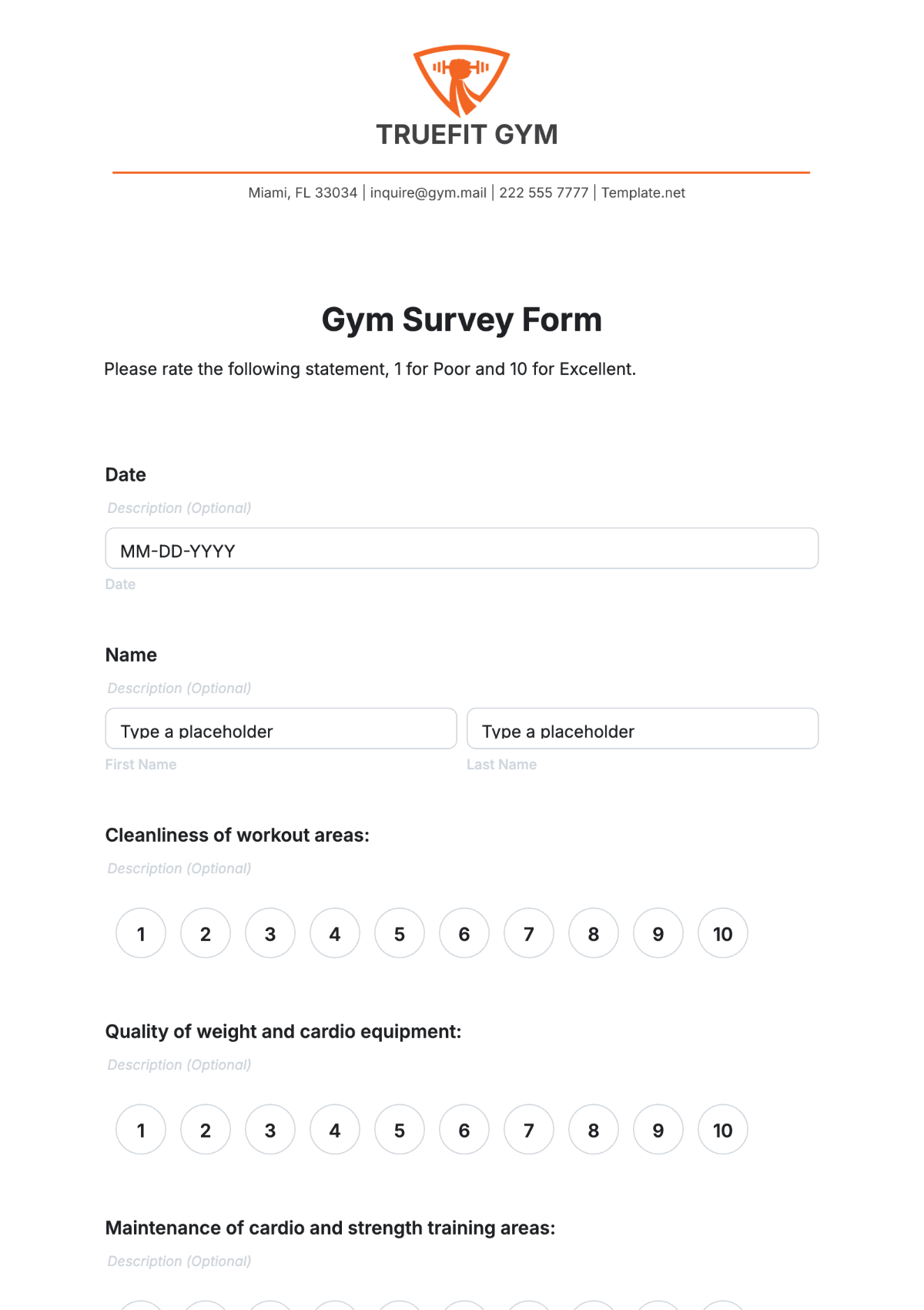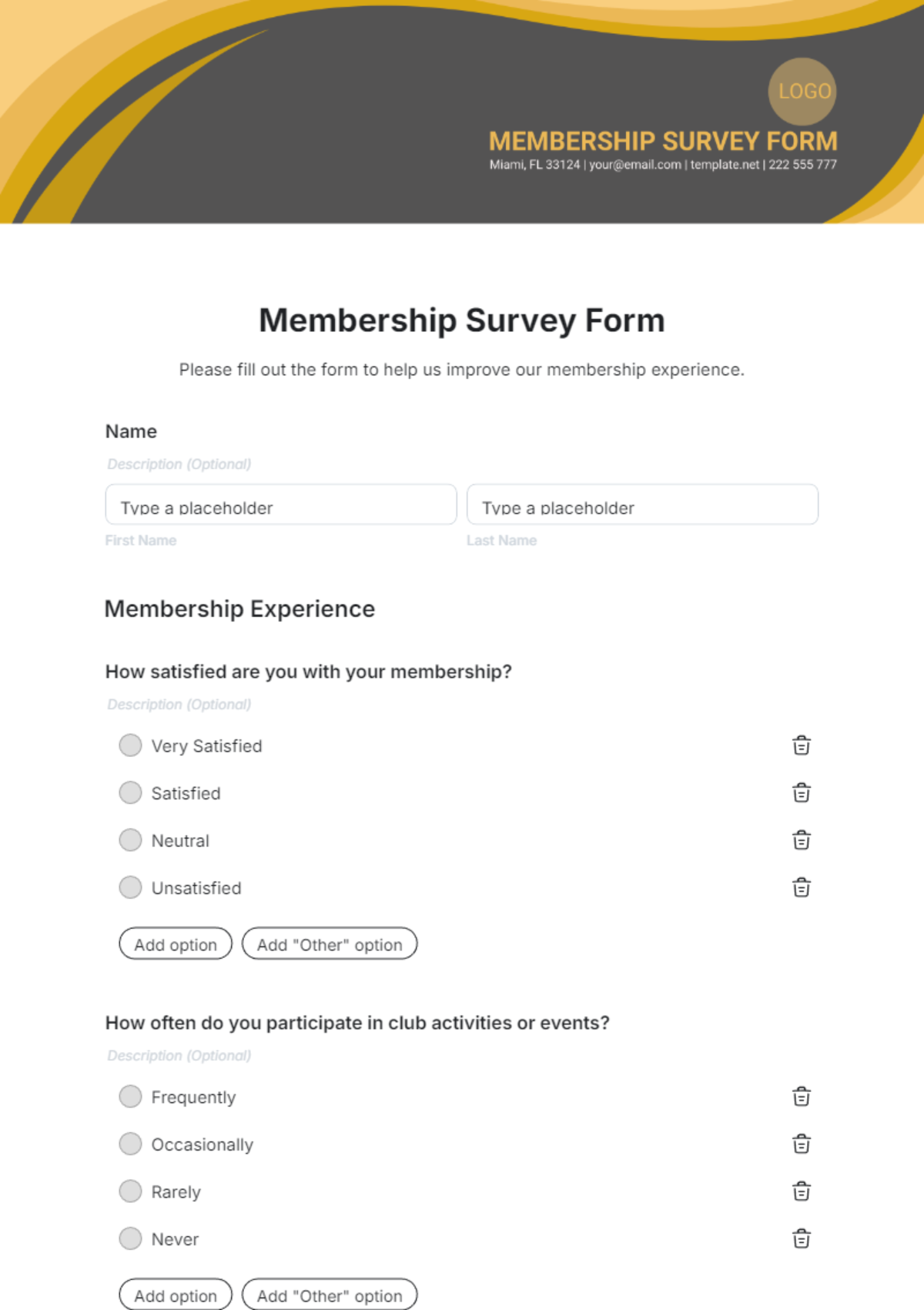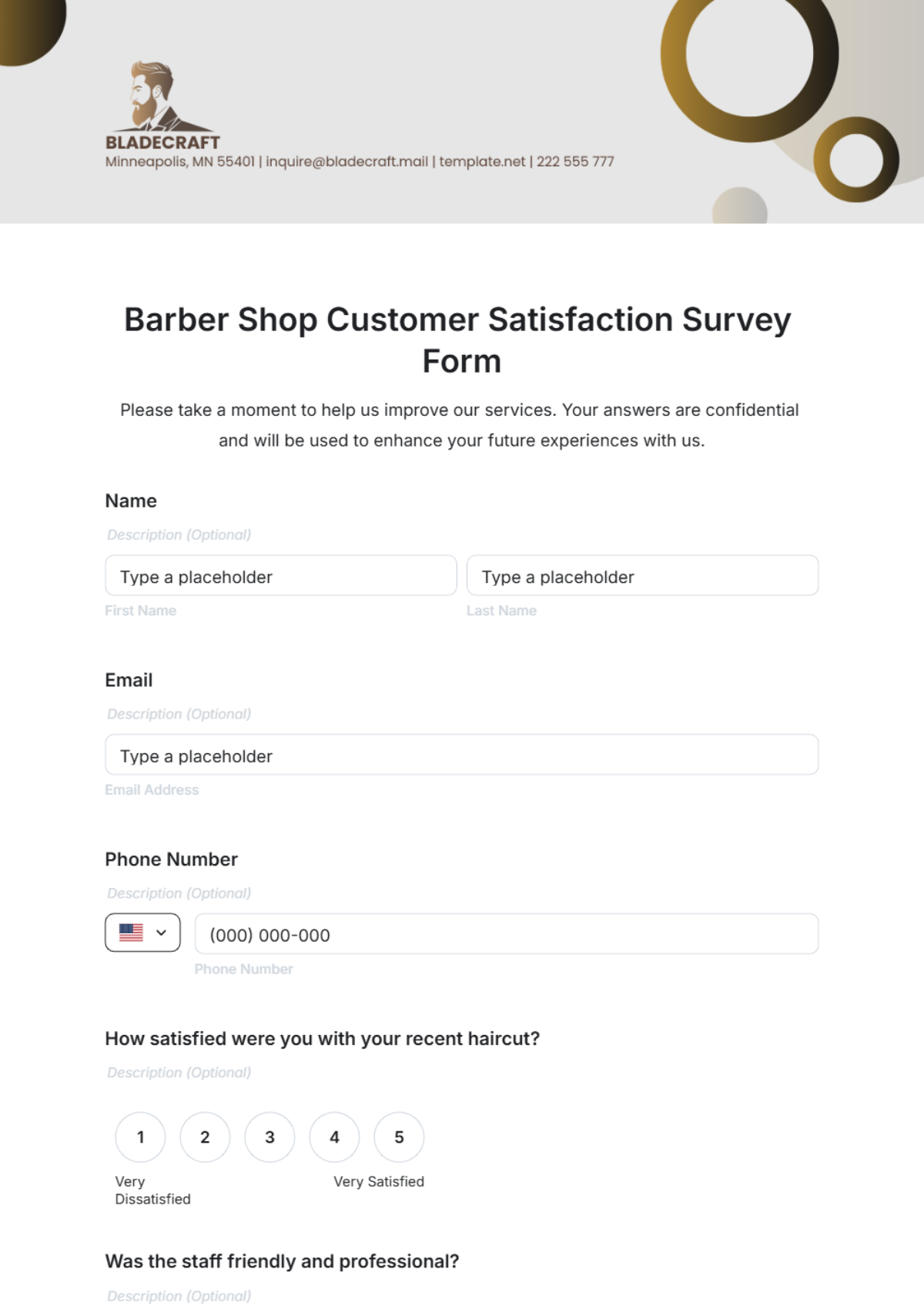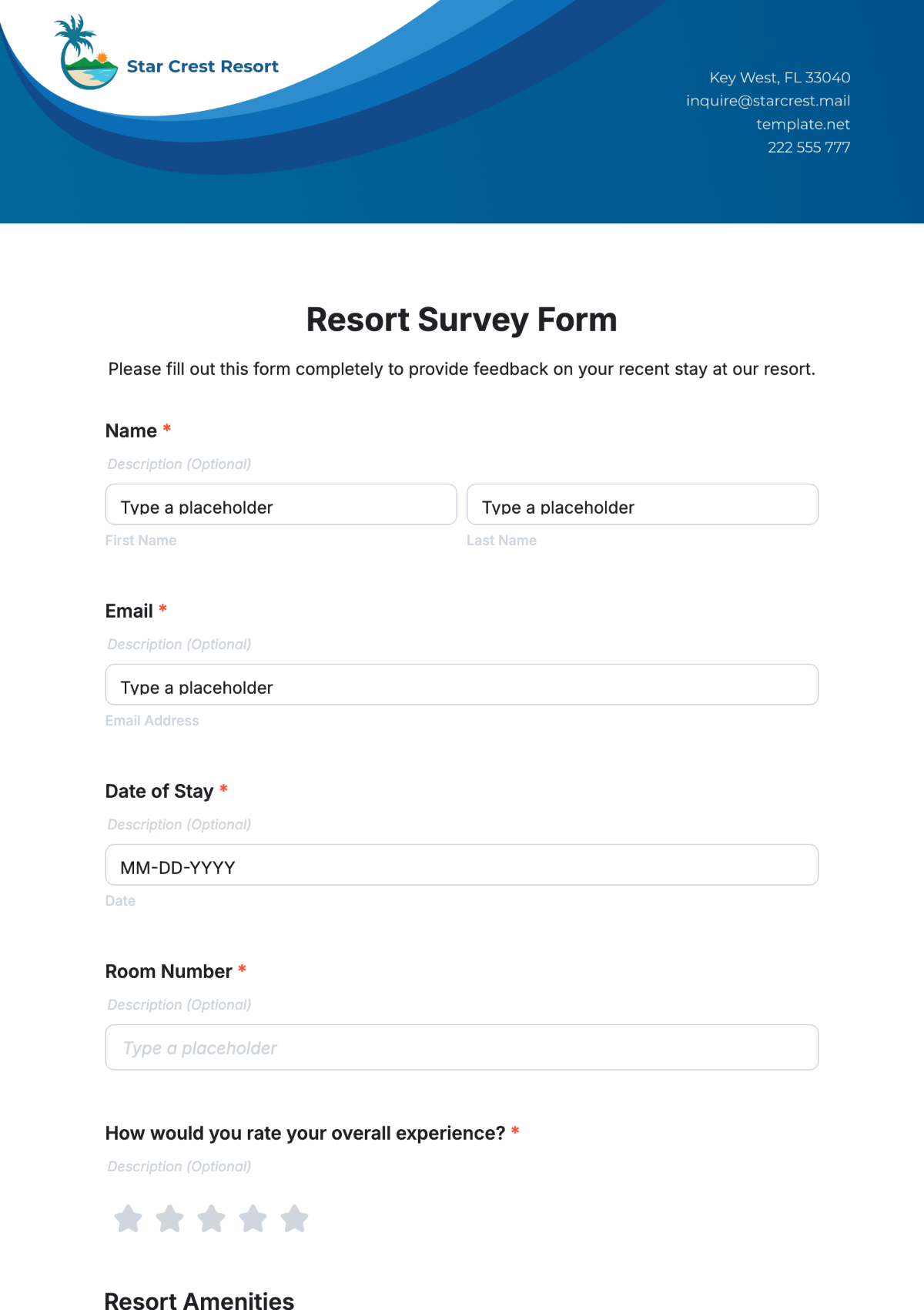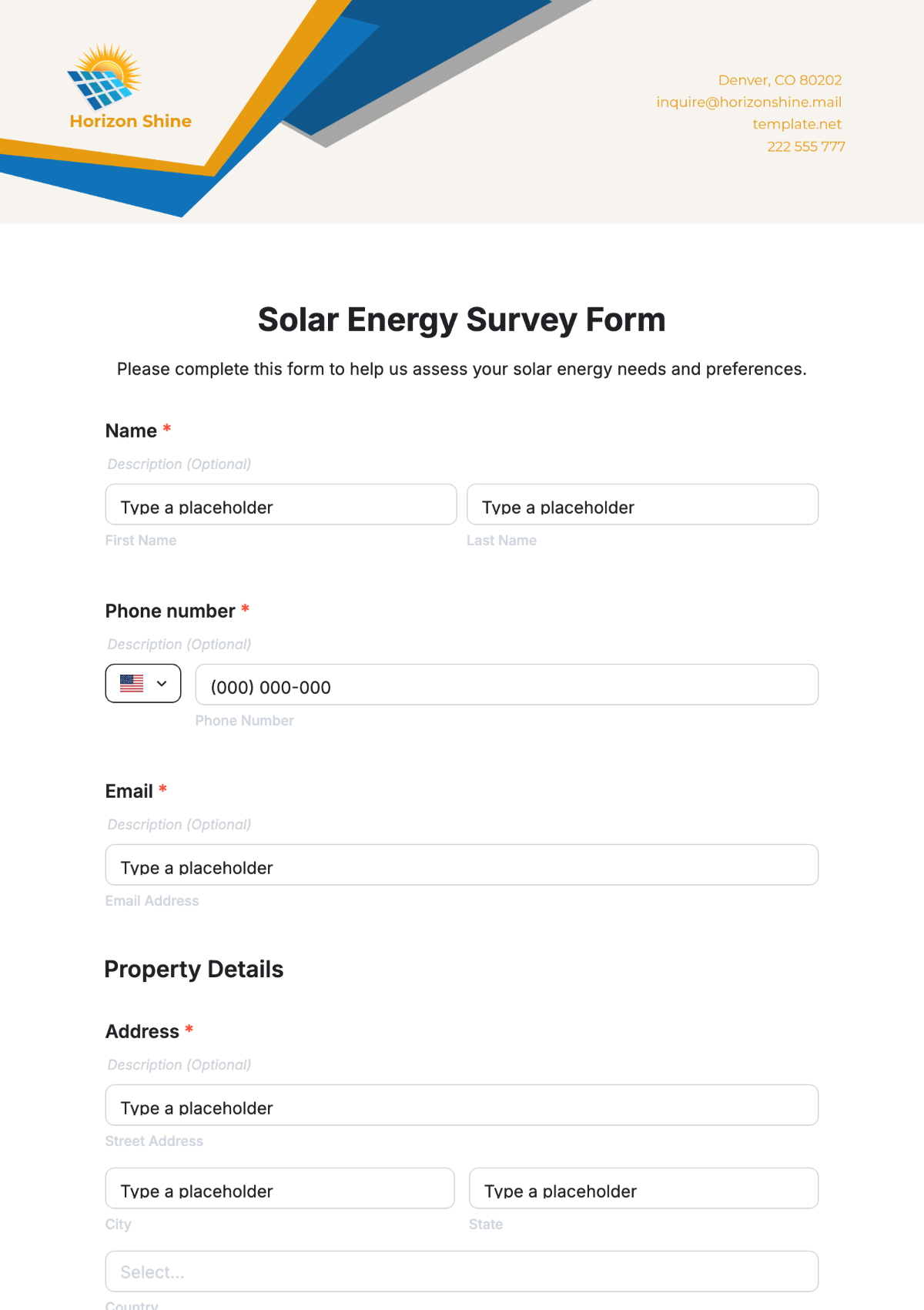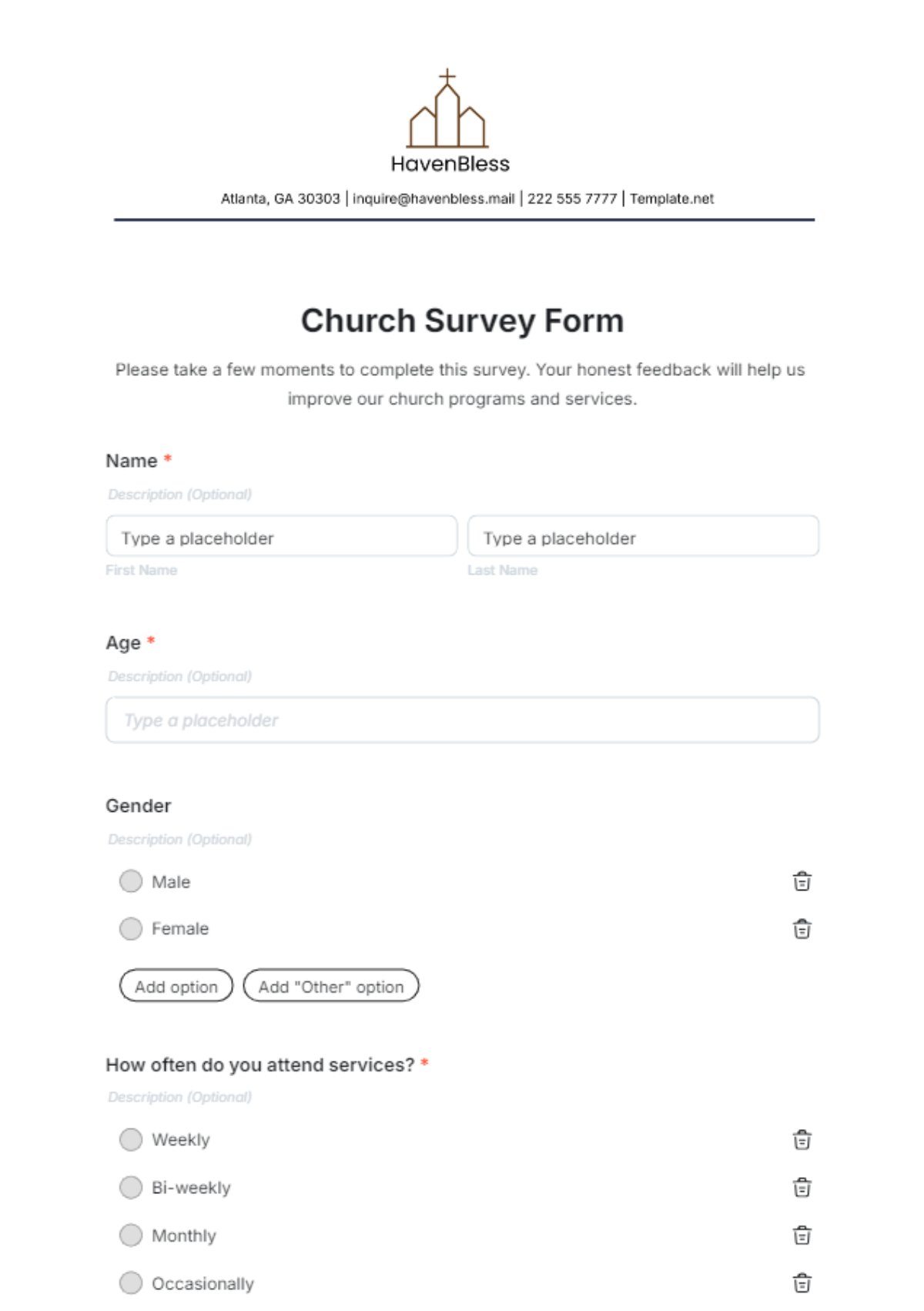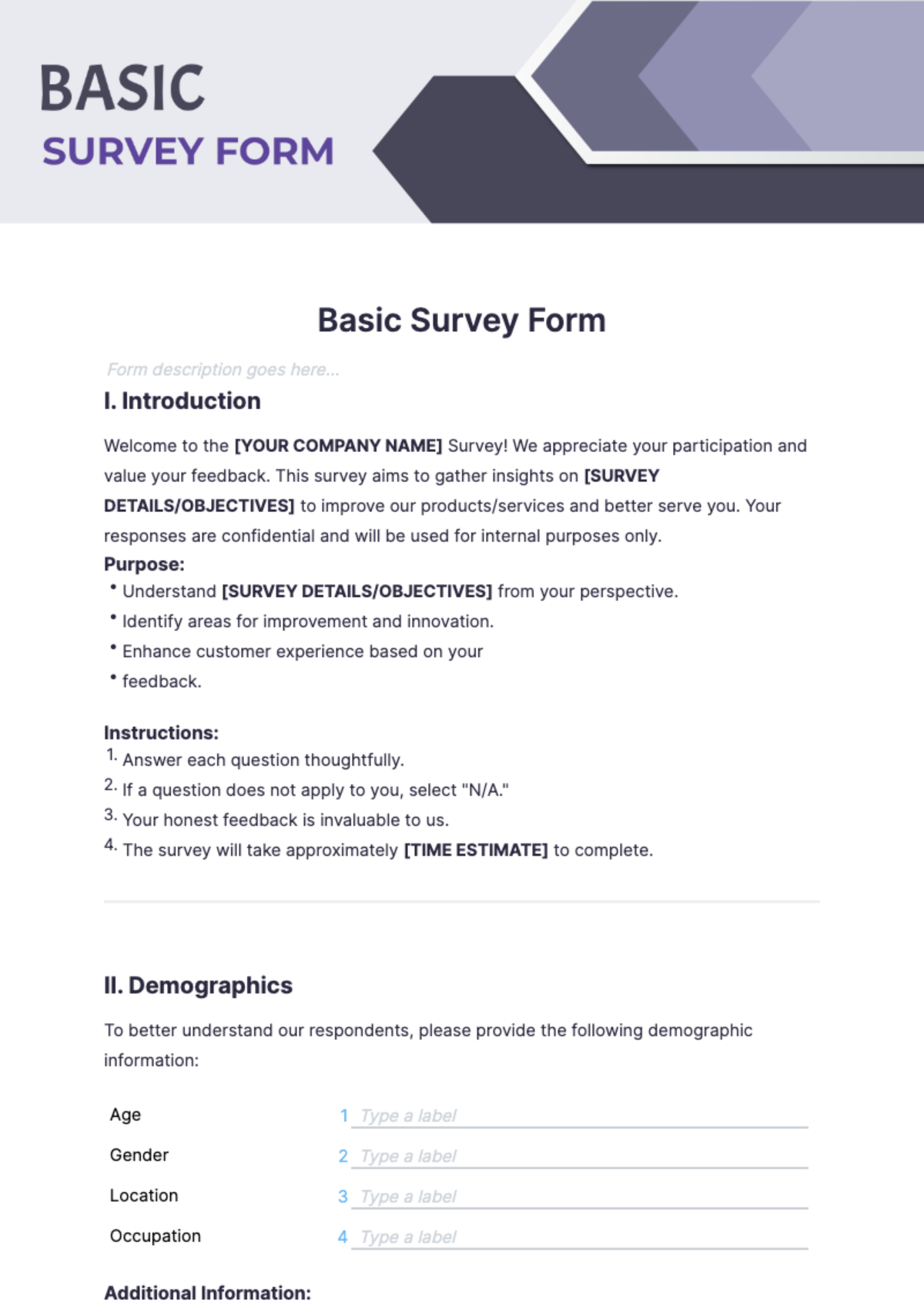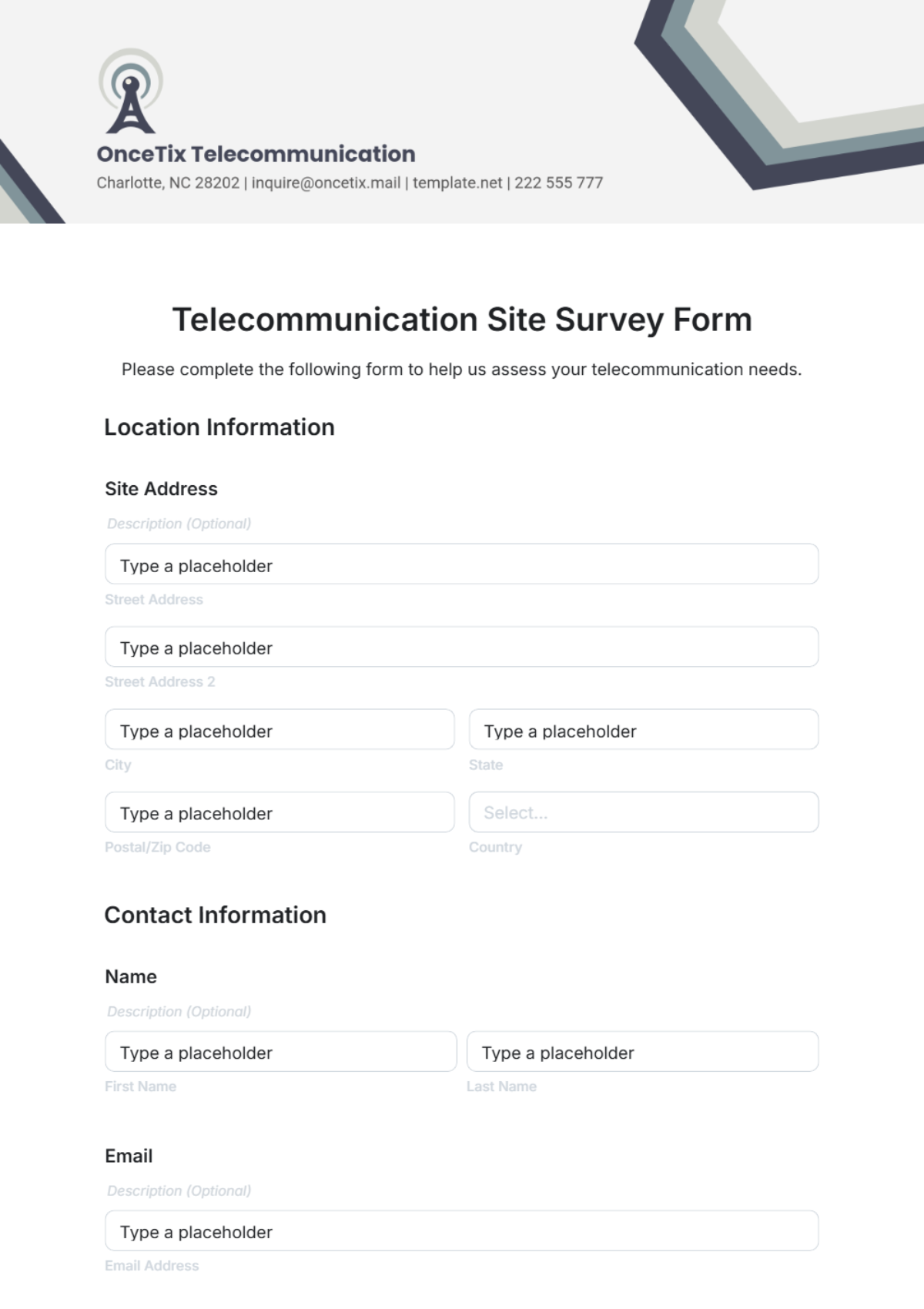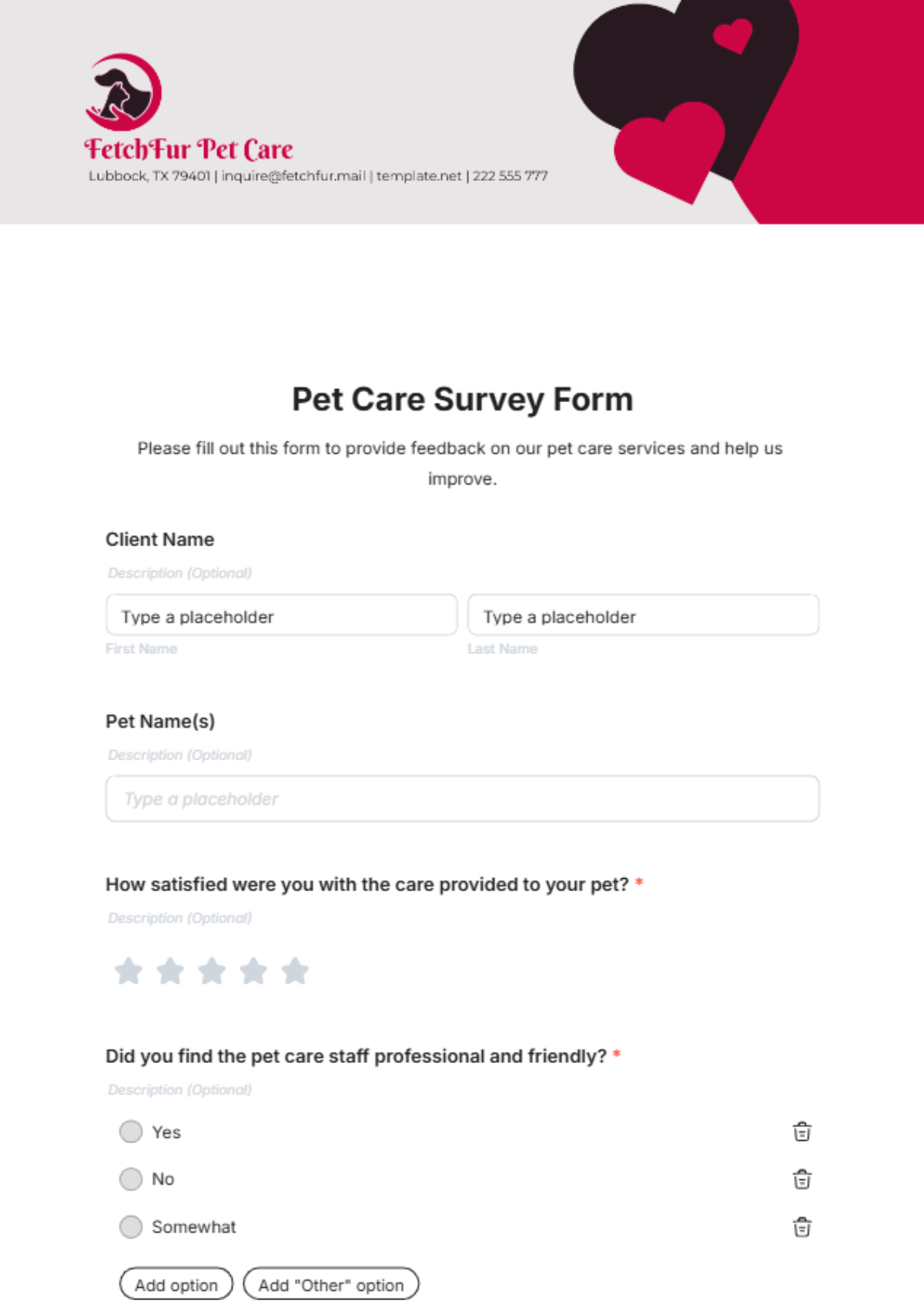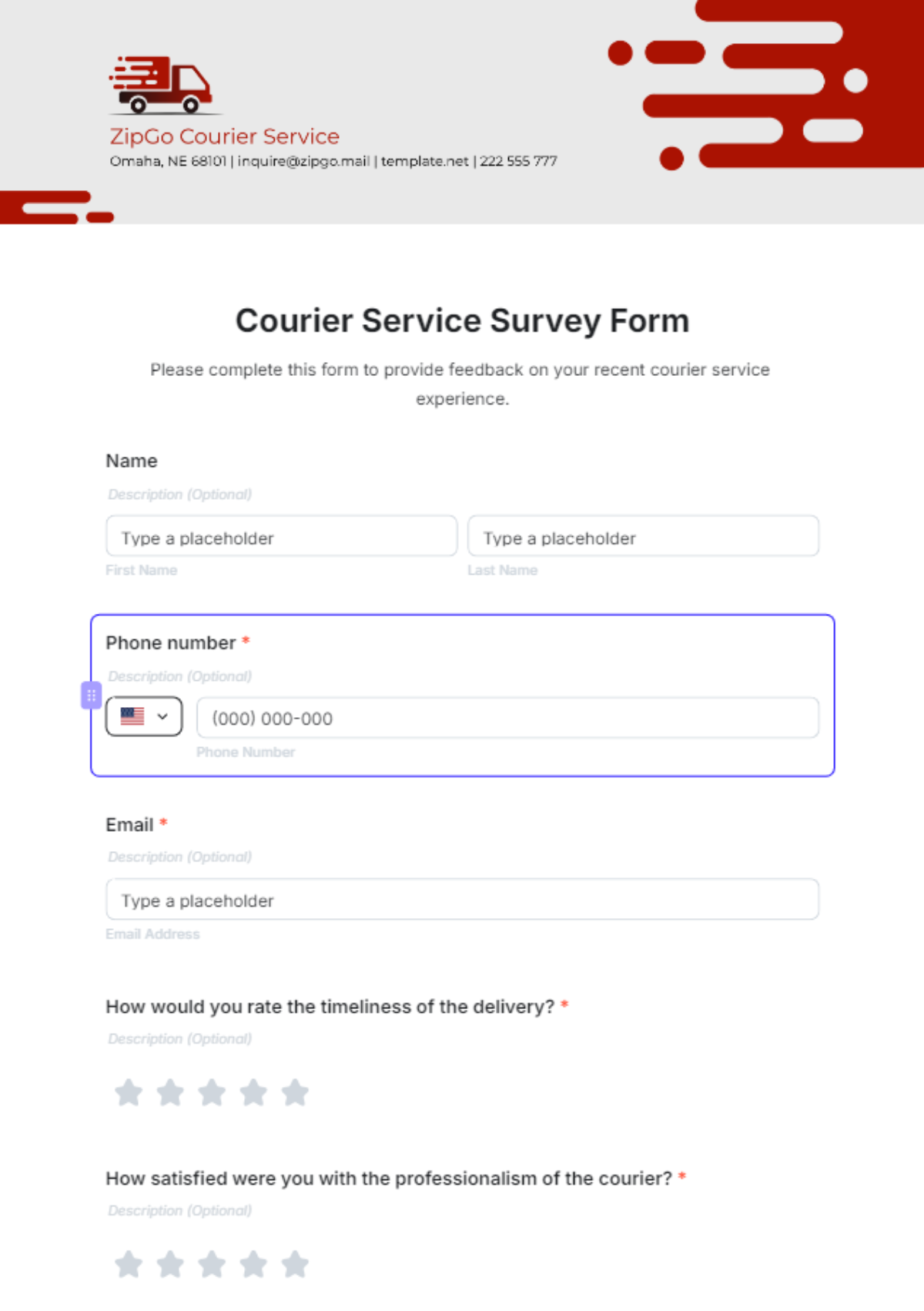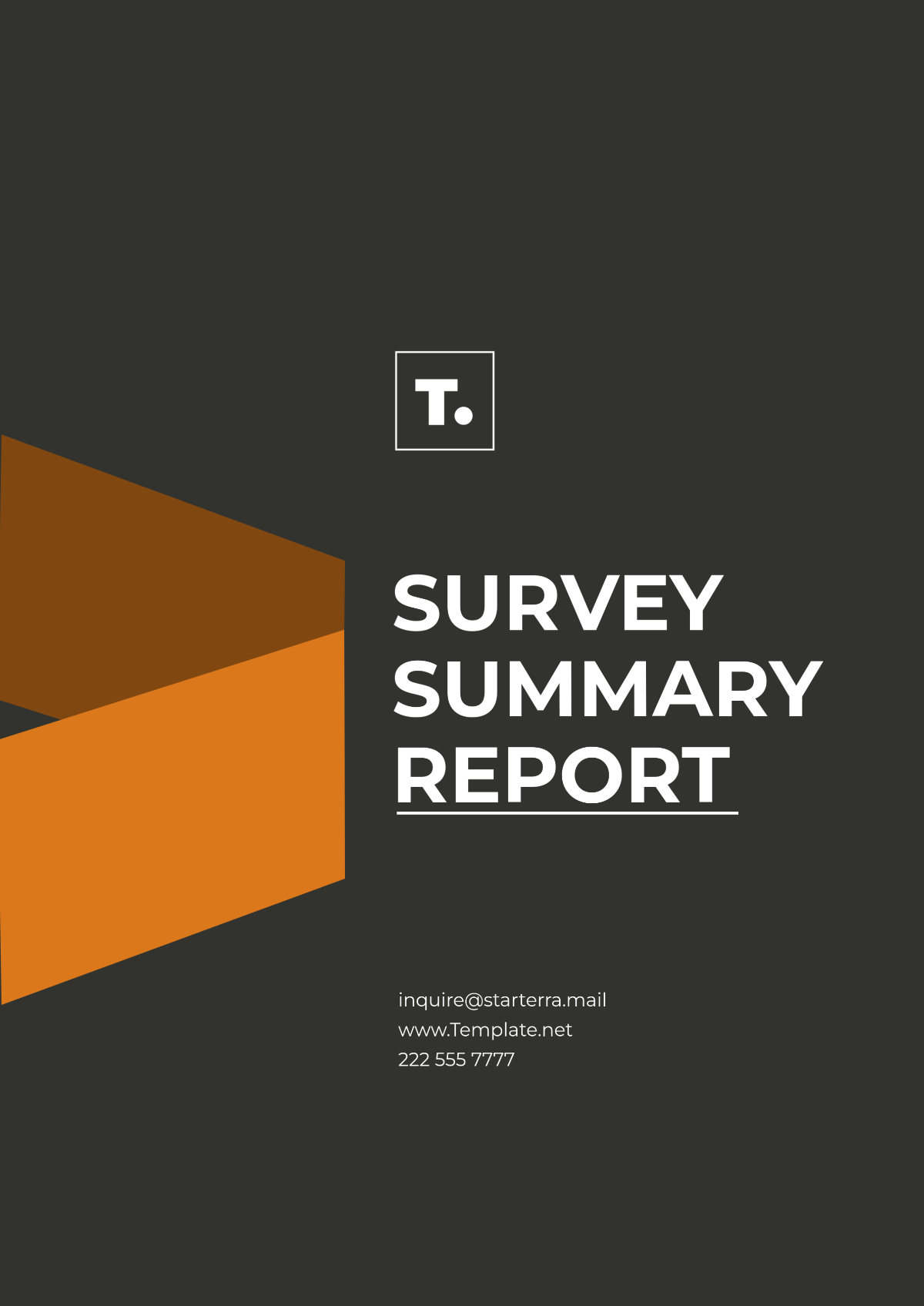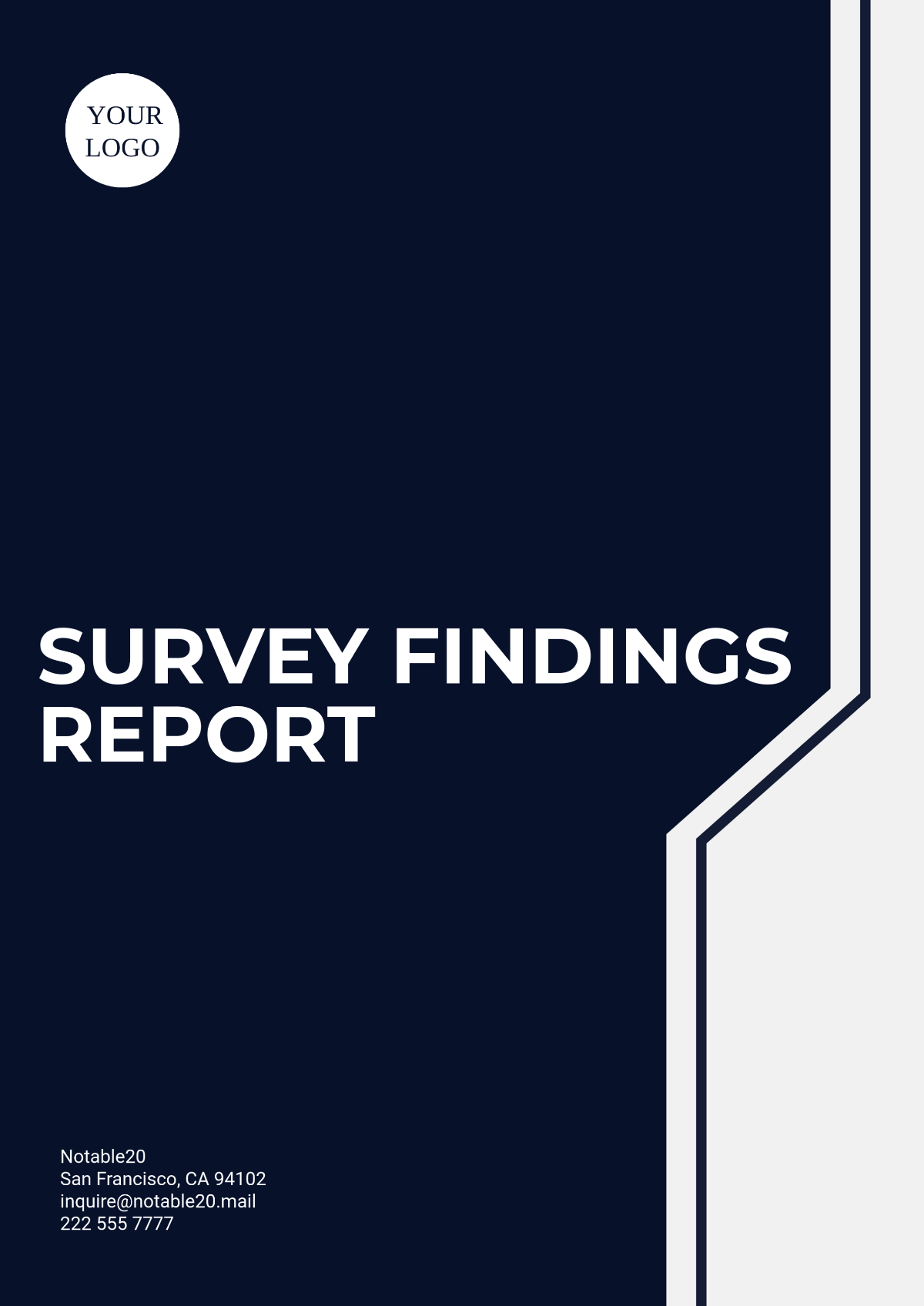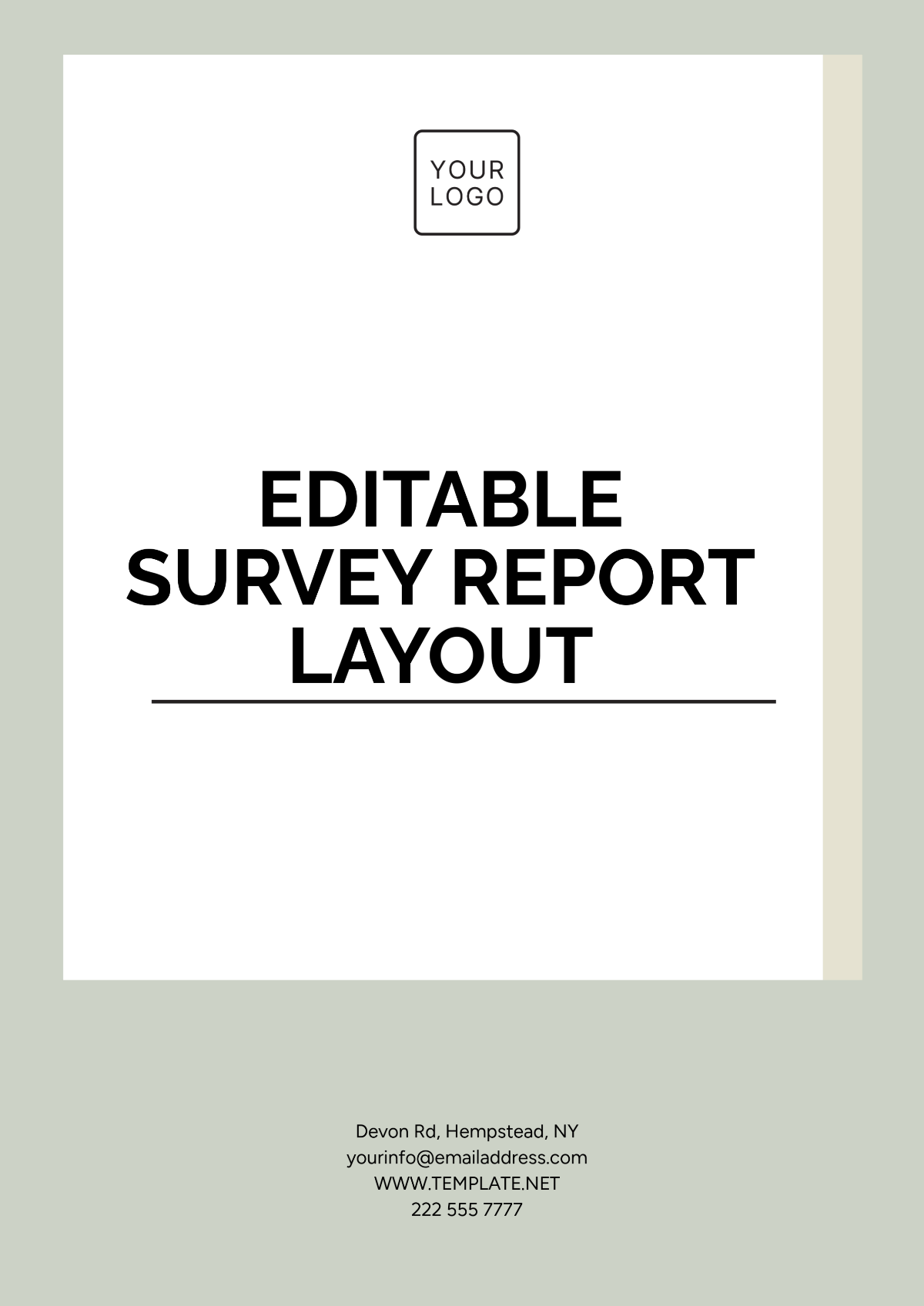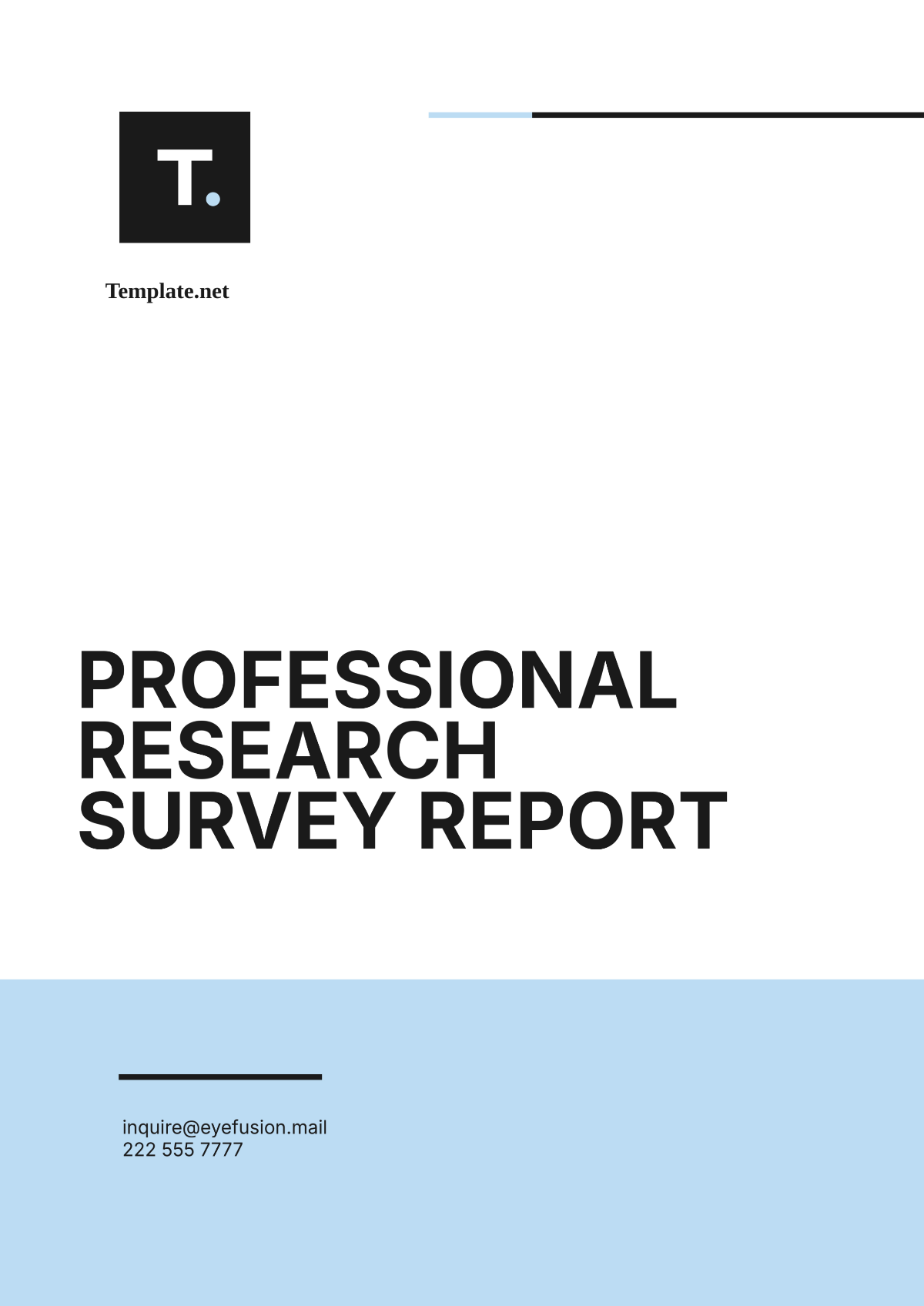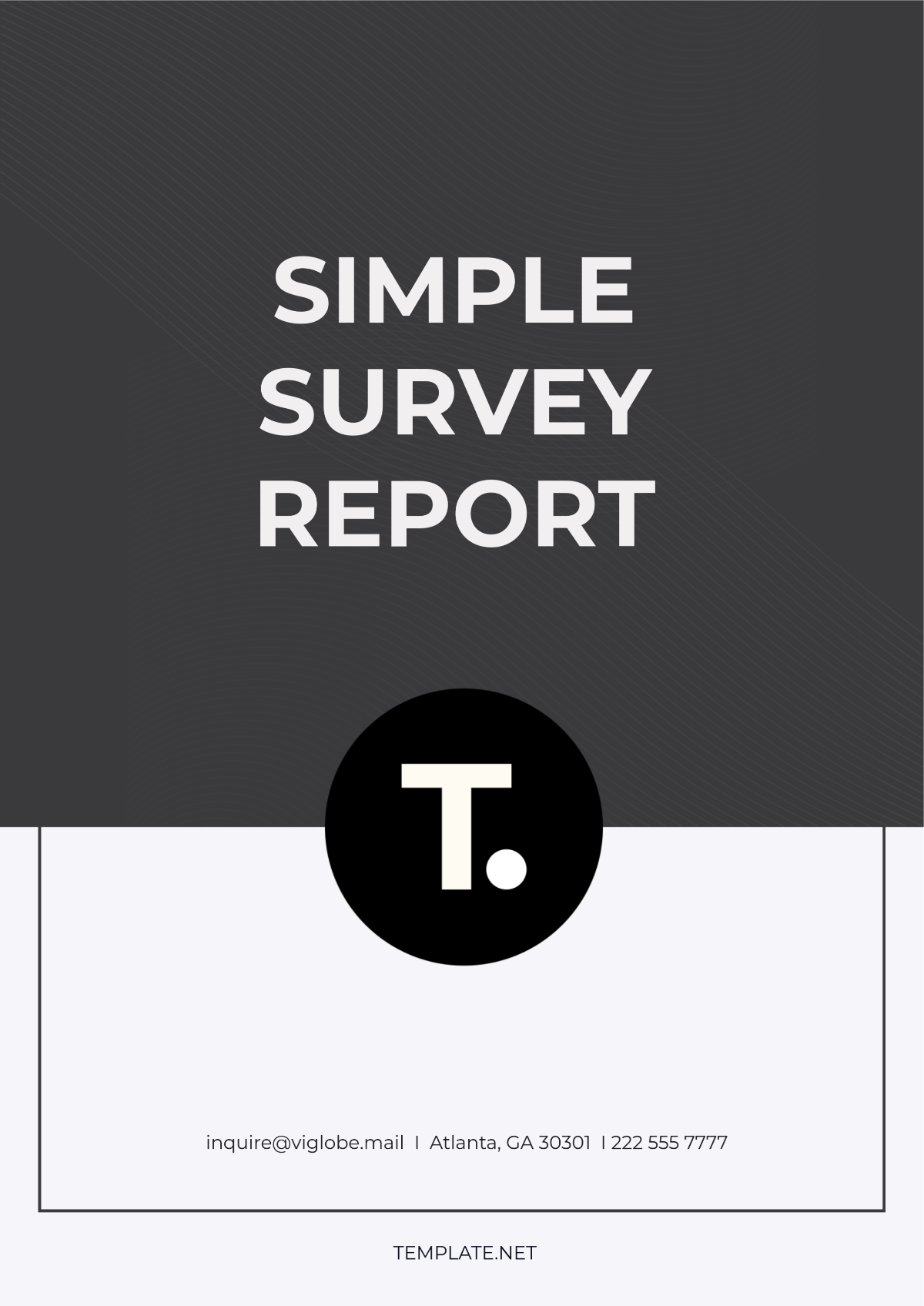How to Write a Survey Report
Author: [YOUR NAME]
Date Published: [Date]

Introduction
Writing a survey report is an essential skill for presenting survey findings in a clear and concise manner. Survey reports are used in various fields to communicate results and insights derived from data collection. This article explains the key steps involved in crafting an effective survey report.
Understanding Your Audience
Before beginning your report, it is imperative to identify the primary audience. Tailoring your language and level of detail based on whether your audience is academic, business professionals, or the general public will enhance the report's impact and comprehension.

Structuring the Report
An organized structure is vital to any successful survey report. Key sections typically include:
Title Page
Abstract or Executive Summary
Introduction
Methodology
Results
Discussion
Conclusion
Appendices (if necessary)
The Title Page
The title page should contain the report's title, the author's name, and the date of publication. This offers a professional start to your document.
The Abstract or Executive Summary
This section briefly summarizes the purpose, key findings, and conclusions of the survey. It provides a quick overview for readers who may not have the time to read the entire document.
Introduction
The introduction should set the context for the survey, including objectives and the relevance of the research. It should also cover any background information that is crucial for understanding the report.
Methodology
This section details how the survey was conducted, including the design, sample size, data collection methods, and any limitations faced during the survey. Clear and precise descriptions here will lend credibility to your findings.
Results
Present the findings of your survey in this section, using tables, charts, and graphs where appropriate to enhance clarity. Focus on presenting data objectively without interpretation.
Discussion
Here, interpret the results by discussing their implications, relevance, and any unexpected patterns. Compare findings with existing research and provide context for understanding the significance of your results.
Conclusion
Summarize key findings and suggest recommendations if applicable. This section should reiterate the importance of the survey and its contribution to the field being studied.
Appendices
If there are additional data, charts, or supplementary information that are too detailed for the main body, include them in appendices. This helps keep the report concise while still providing comprehensive details.

Final Tips
Ensure the report is well-edited and free from grammatical errors. Use consistent formatting throughout. Remember to cite all sources and provide contact information for further inquiries. A survey report is a formal document, so maintaining professionalism is essential at every stage.

